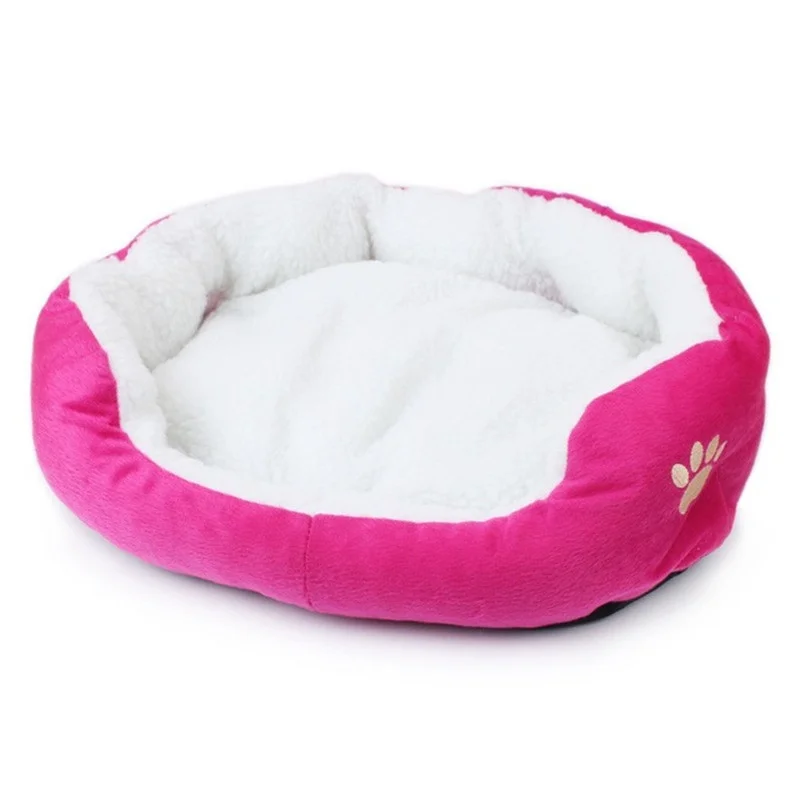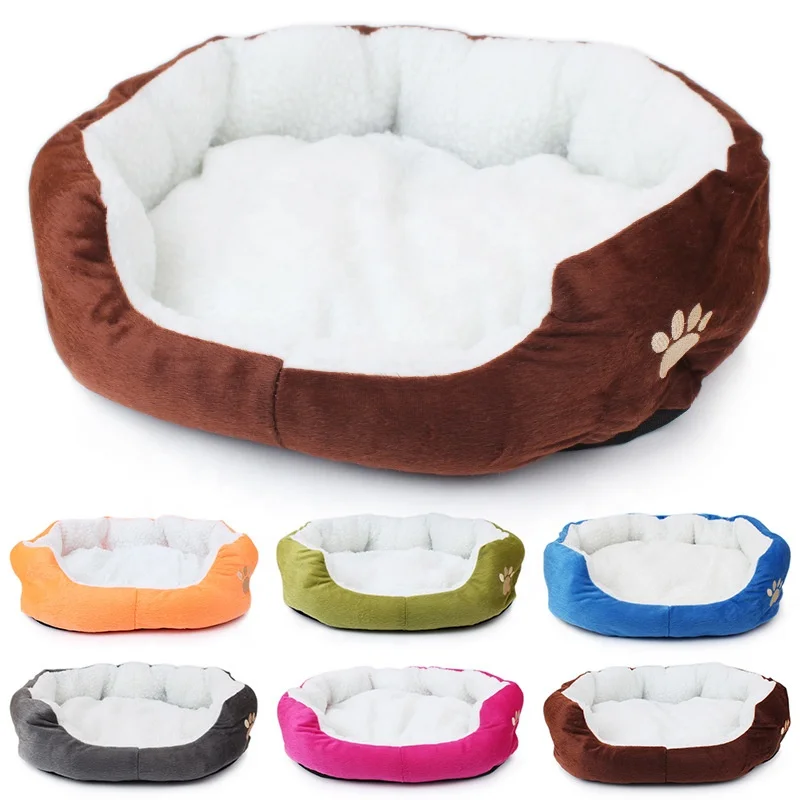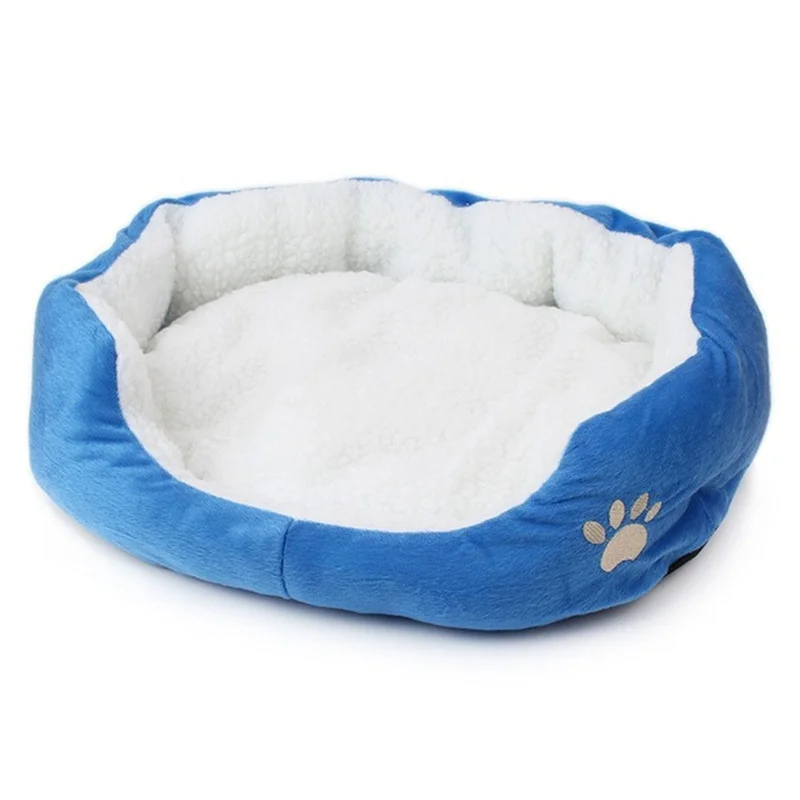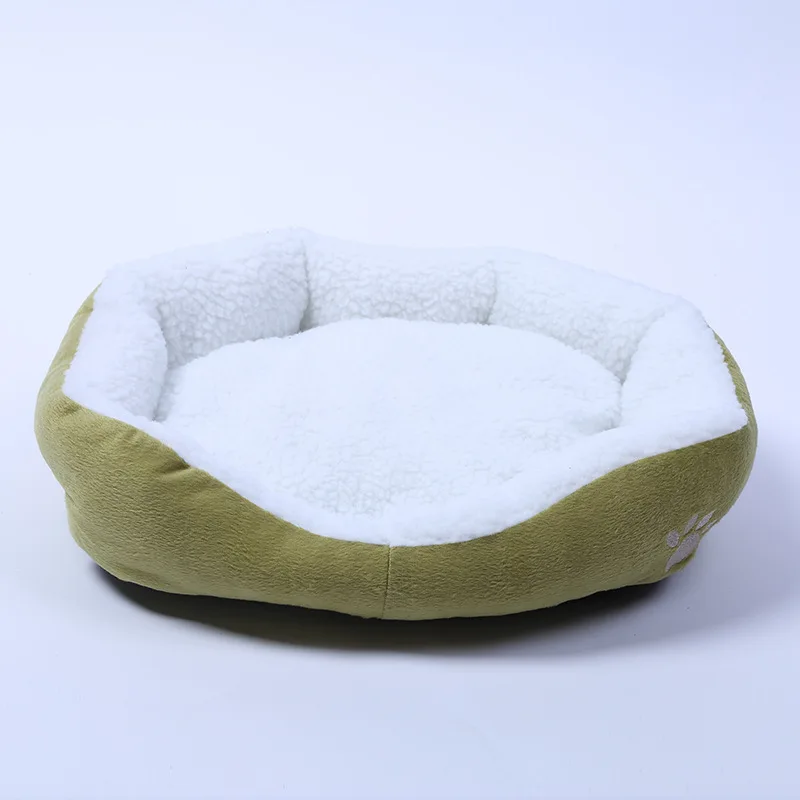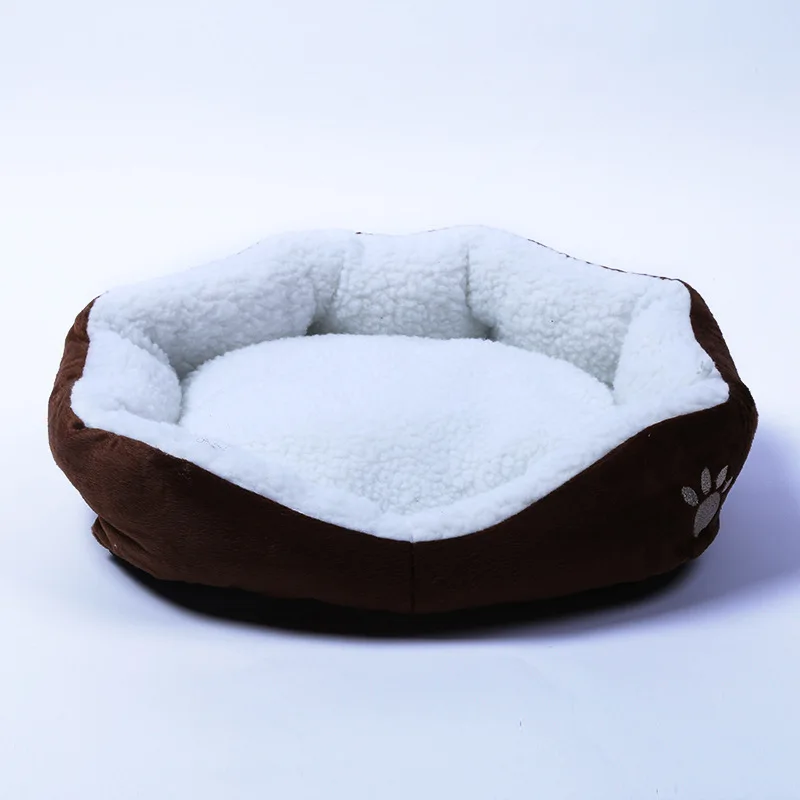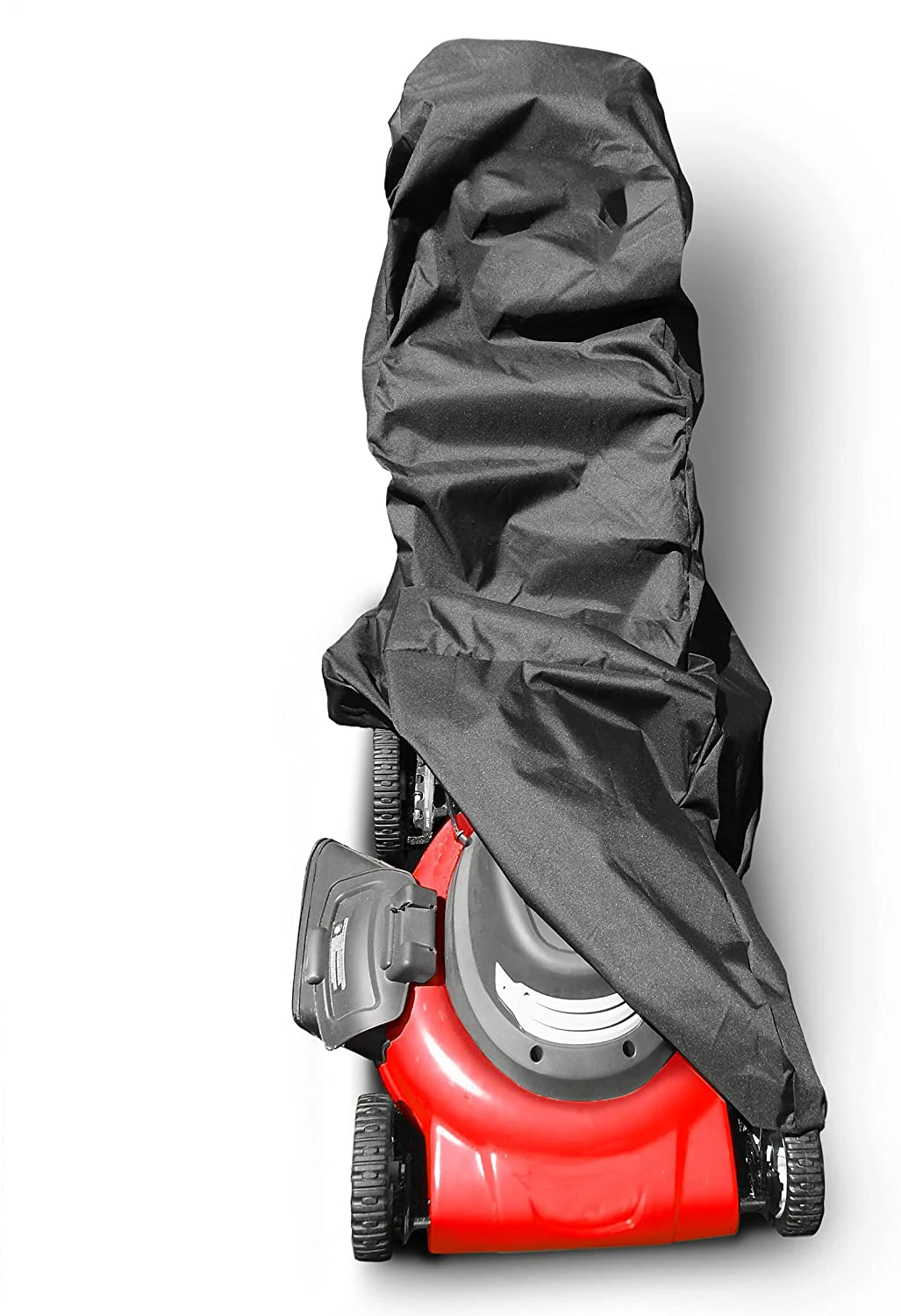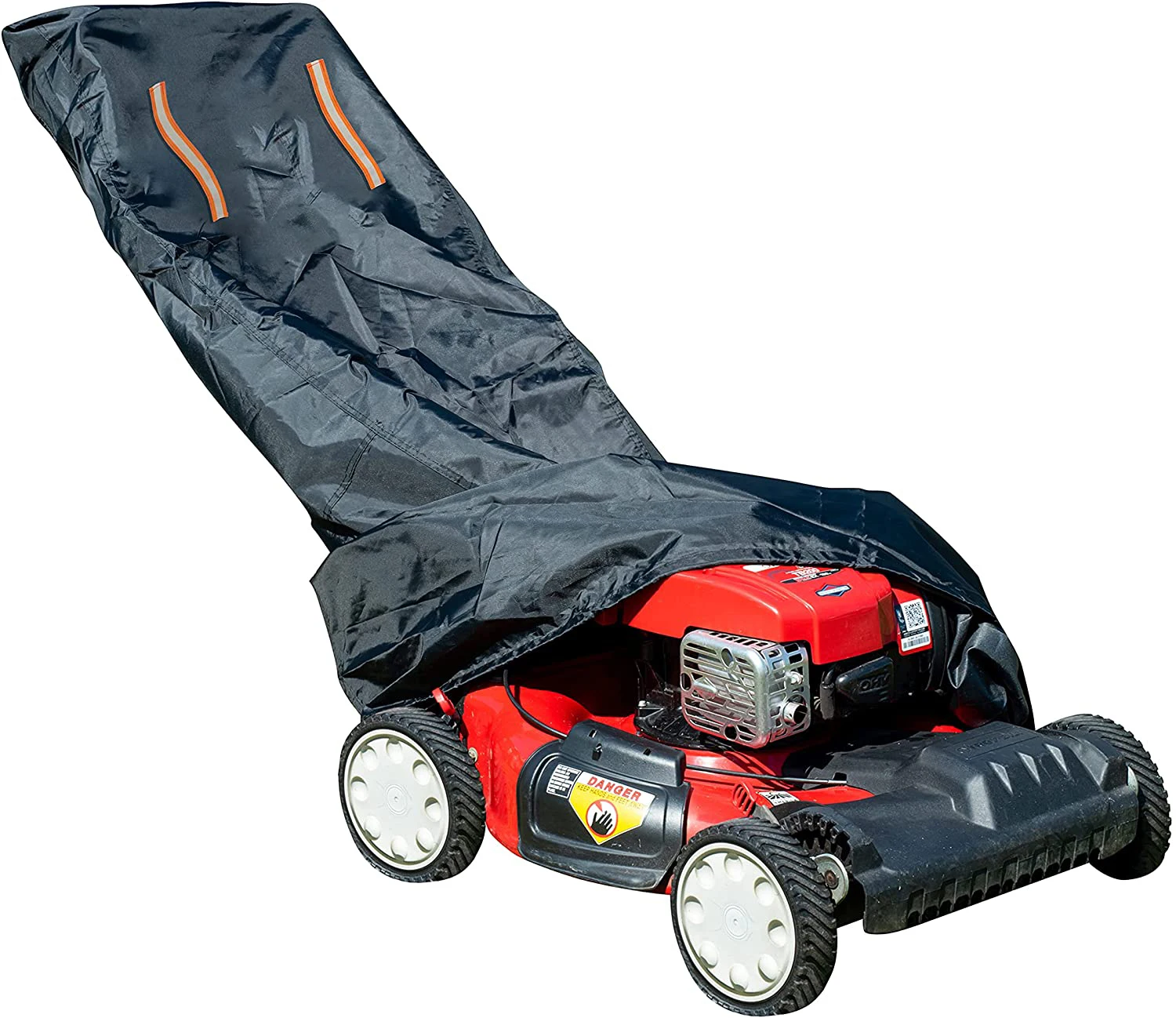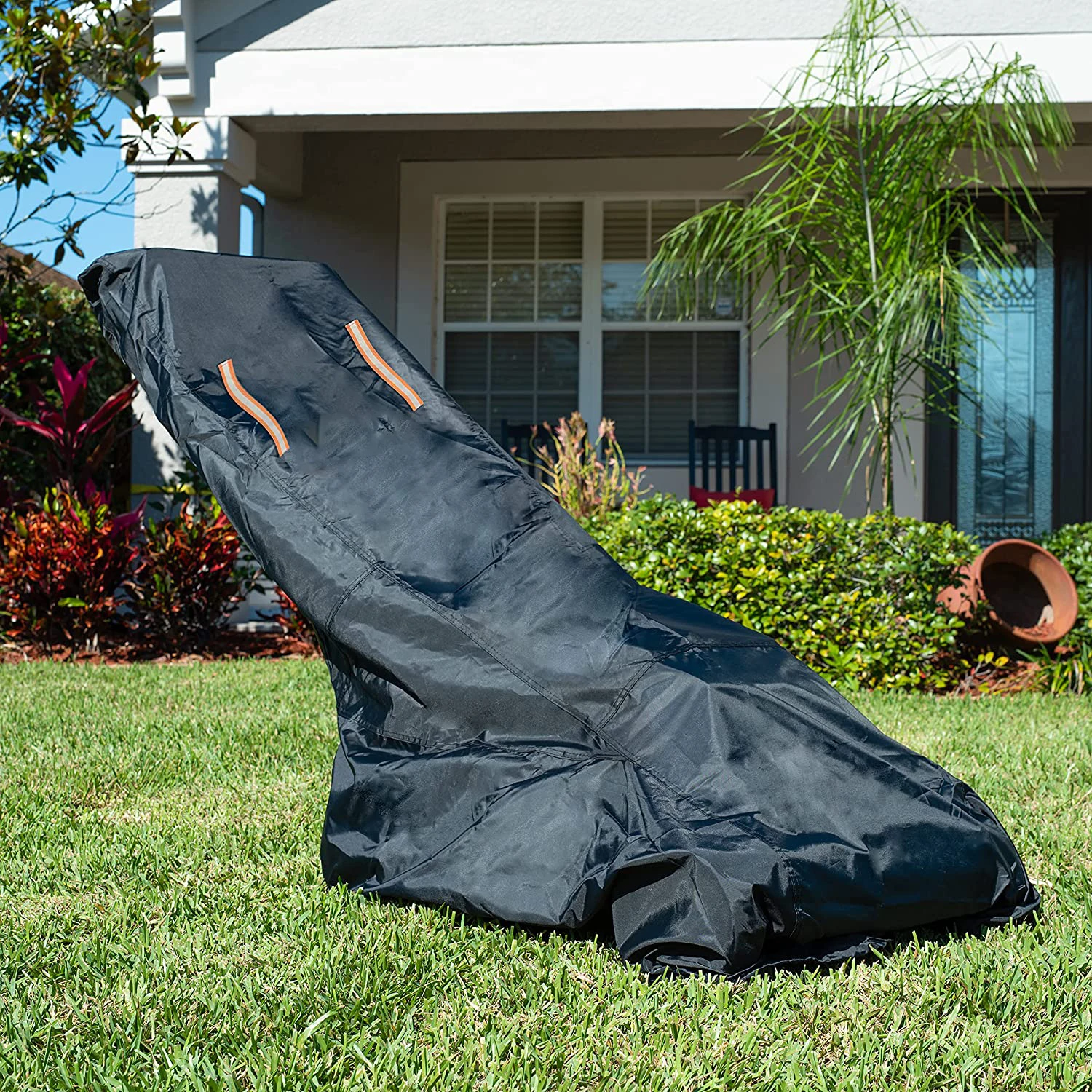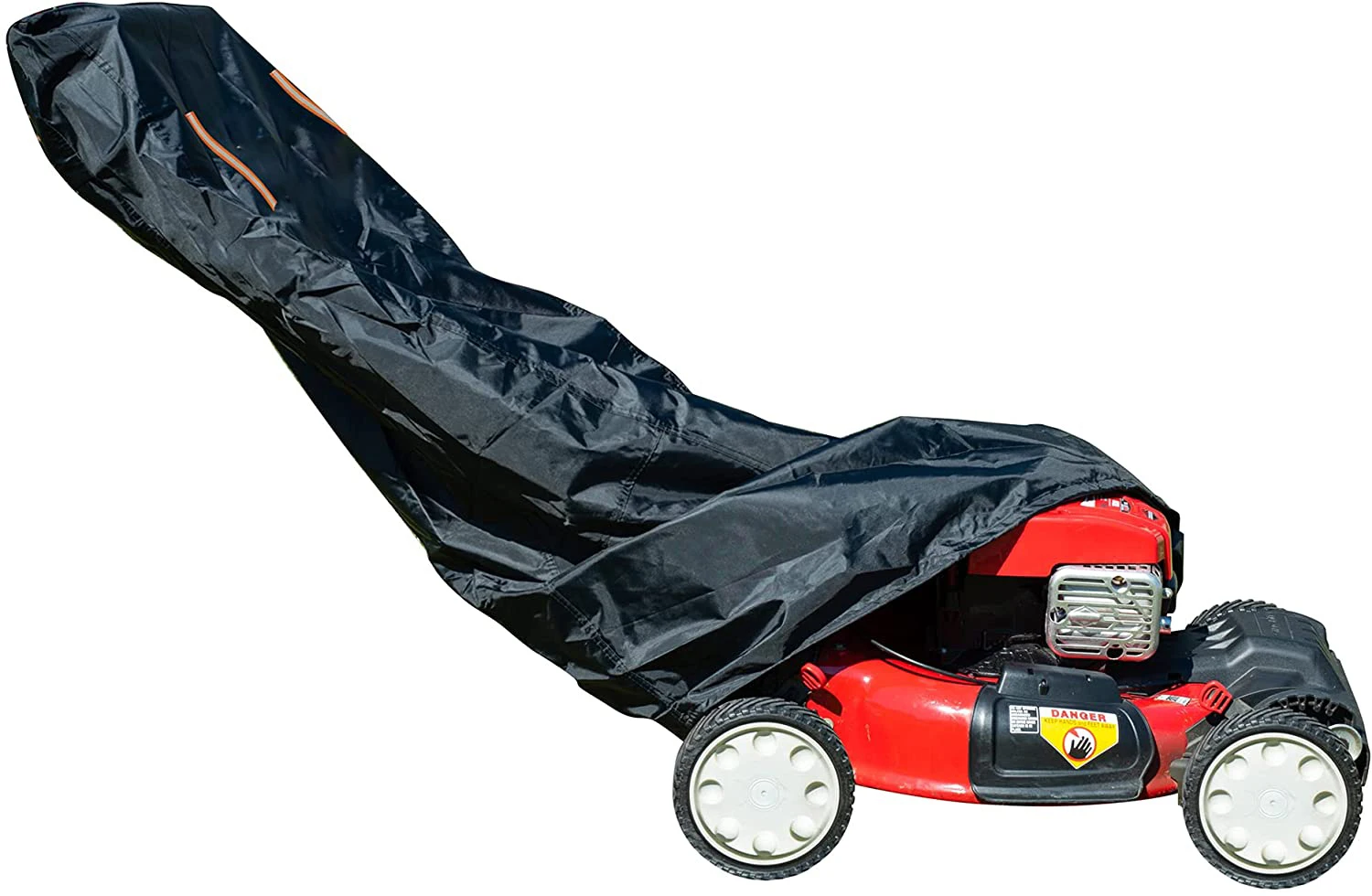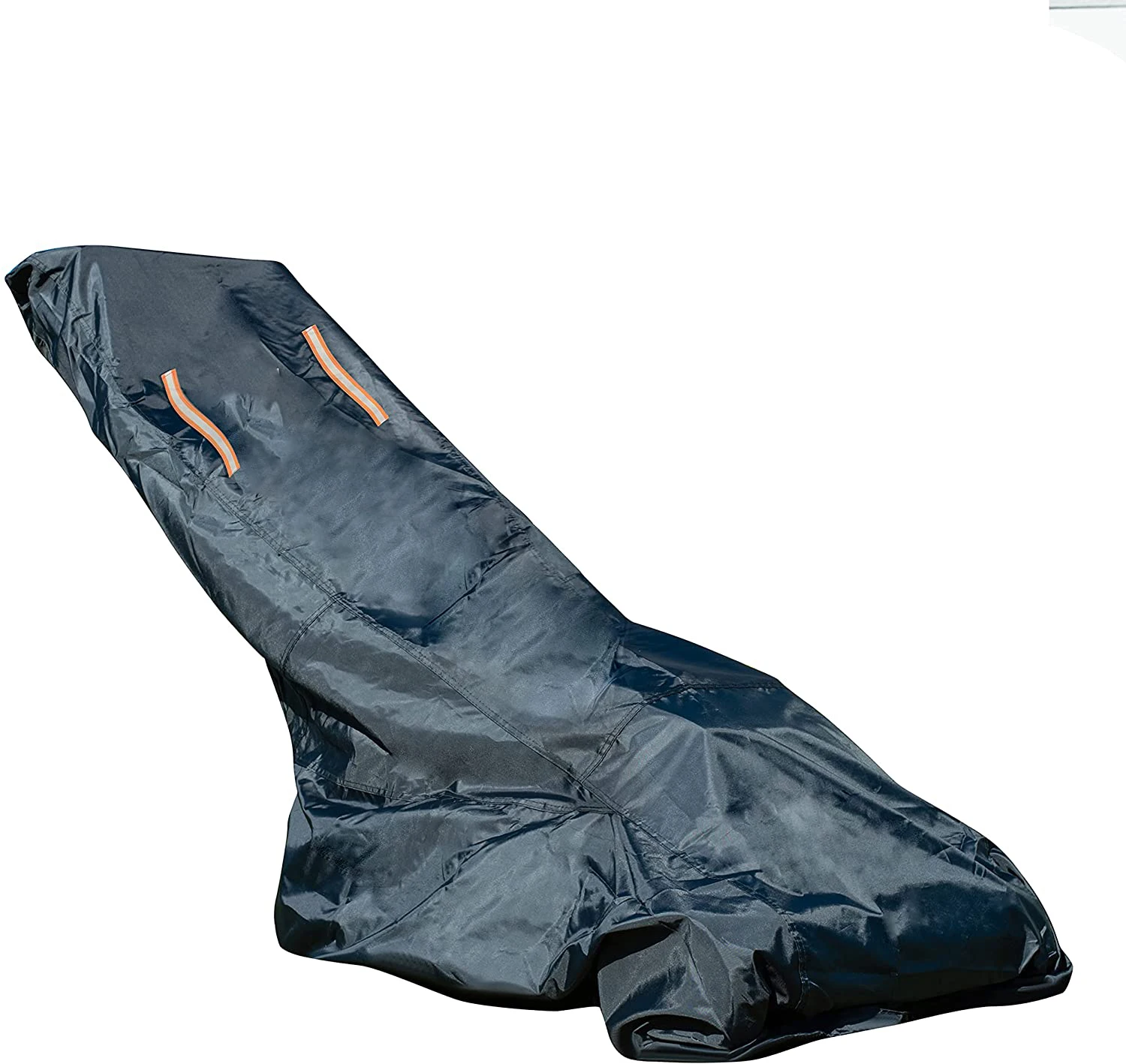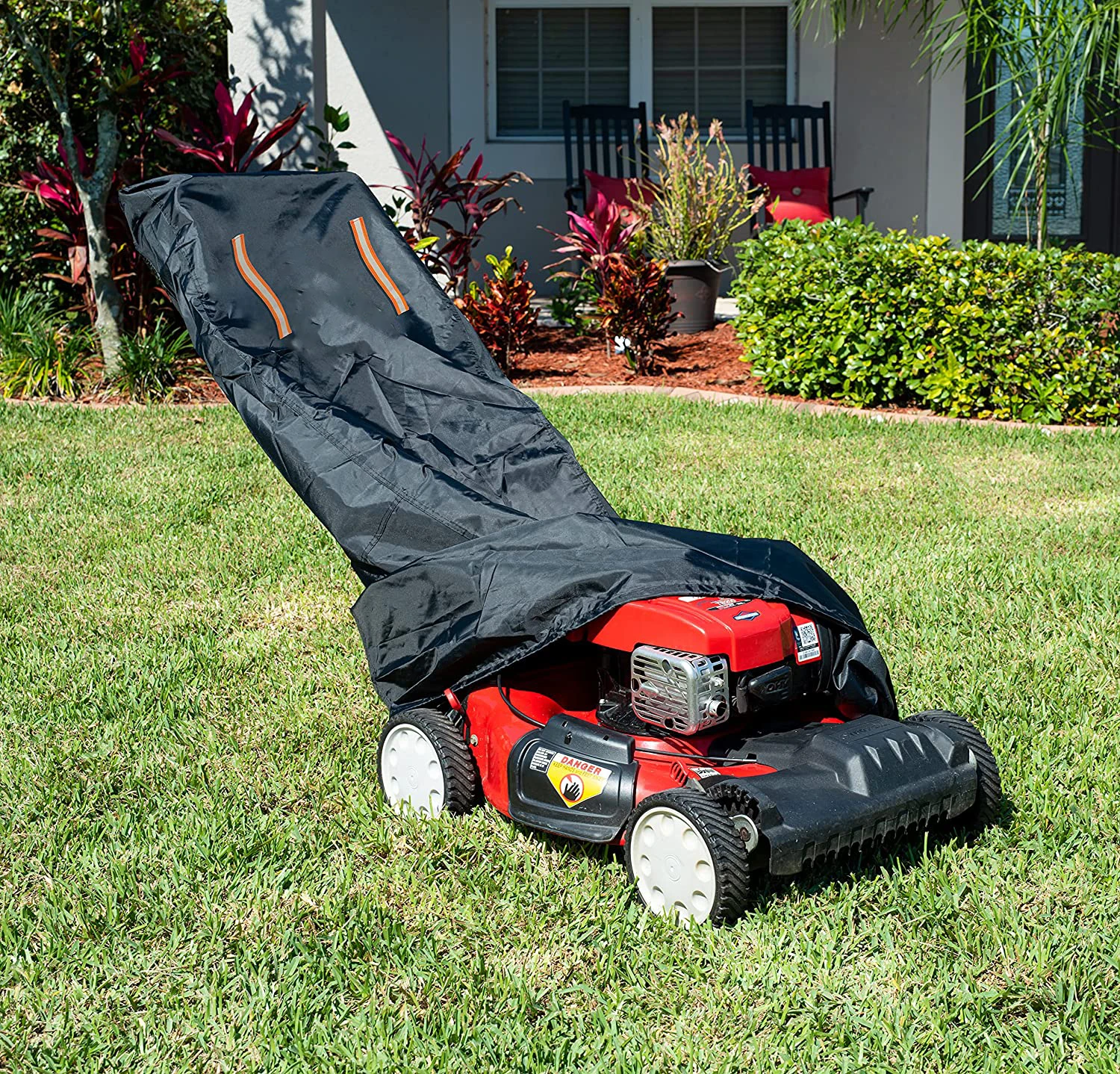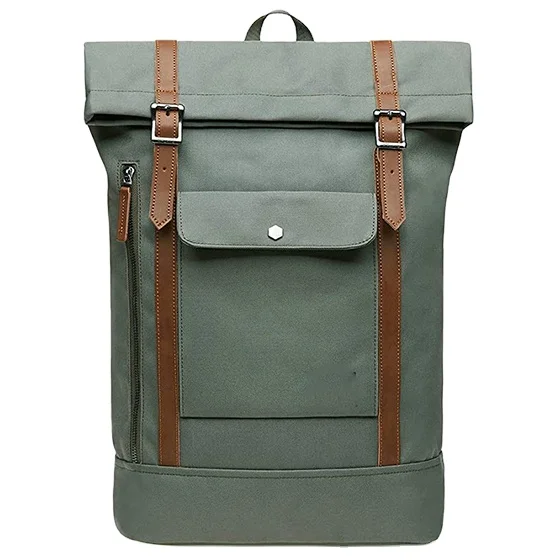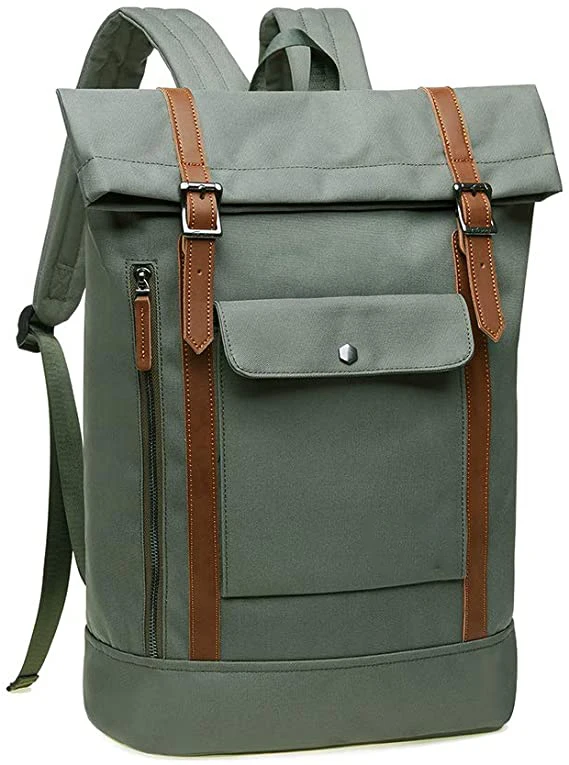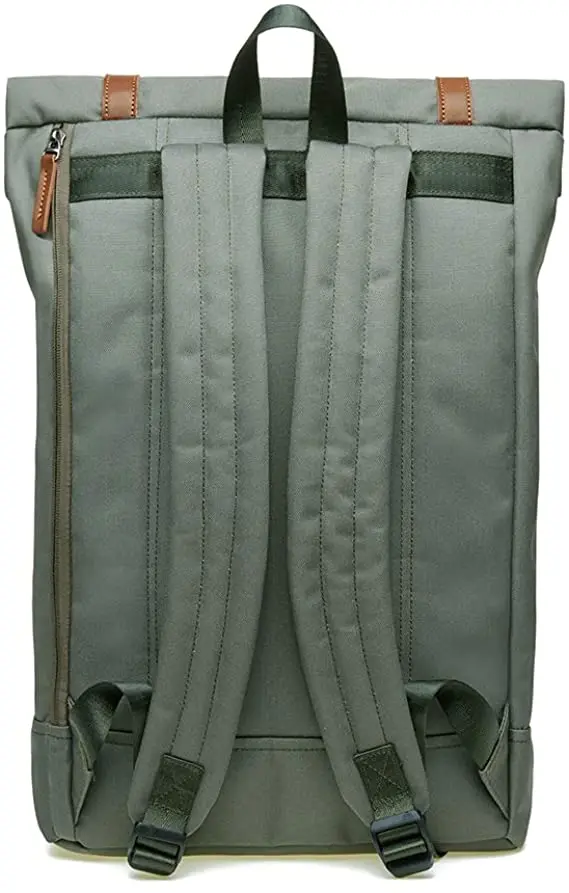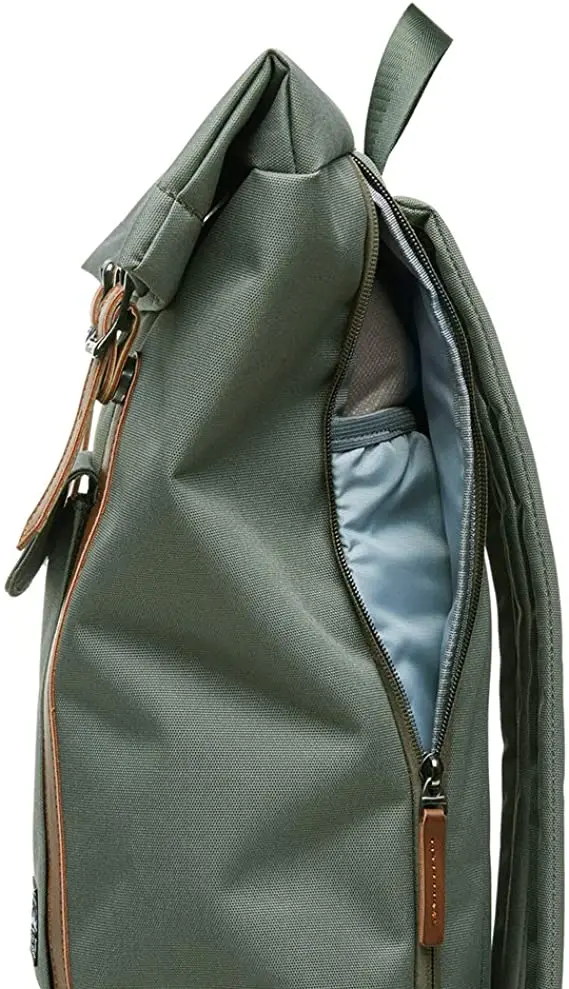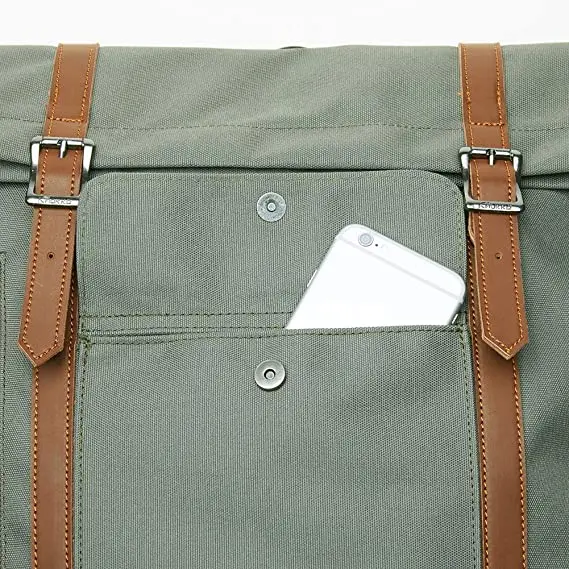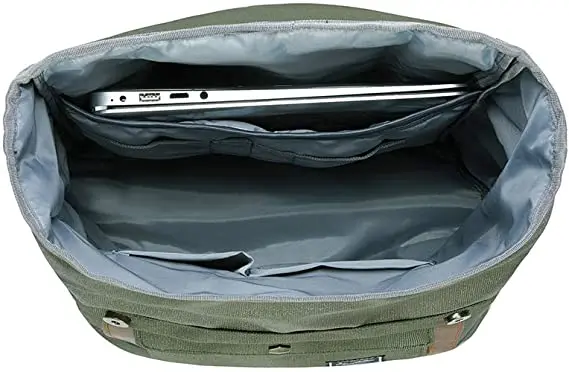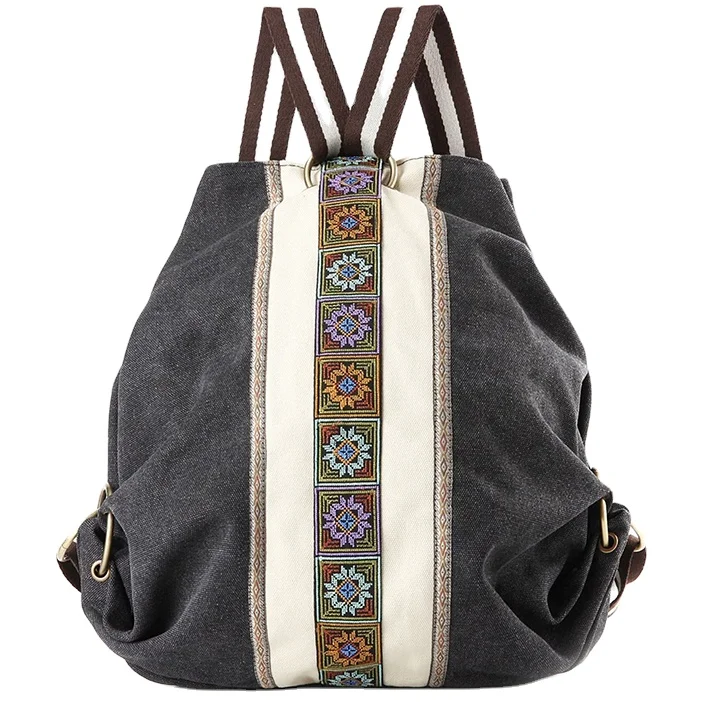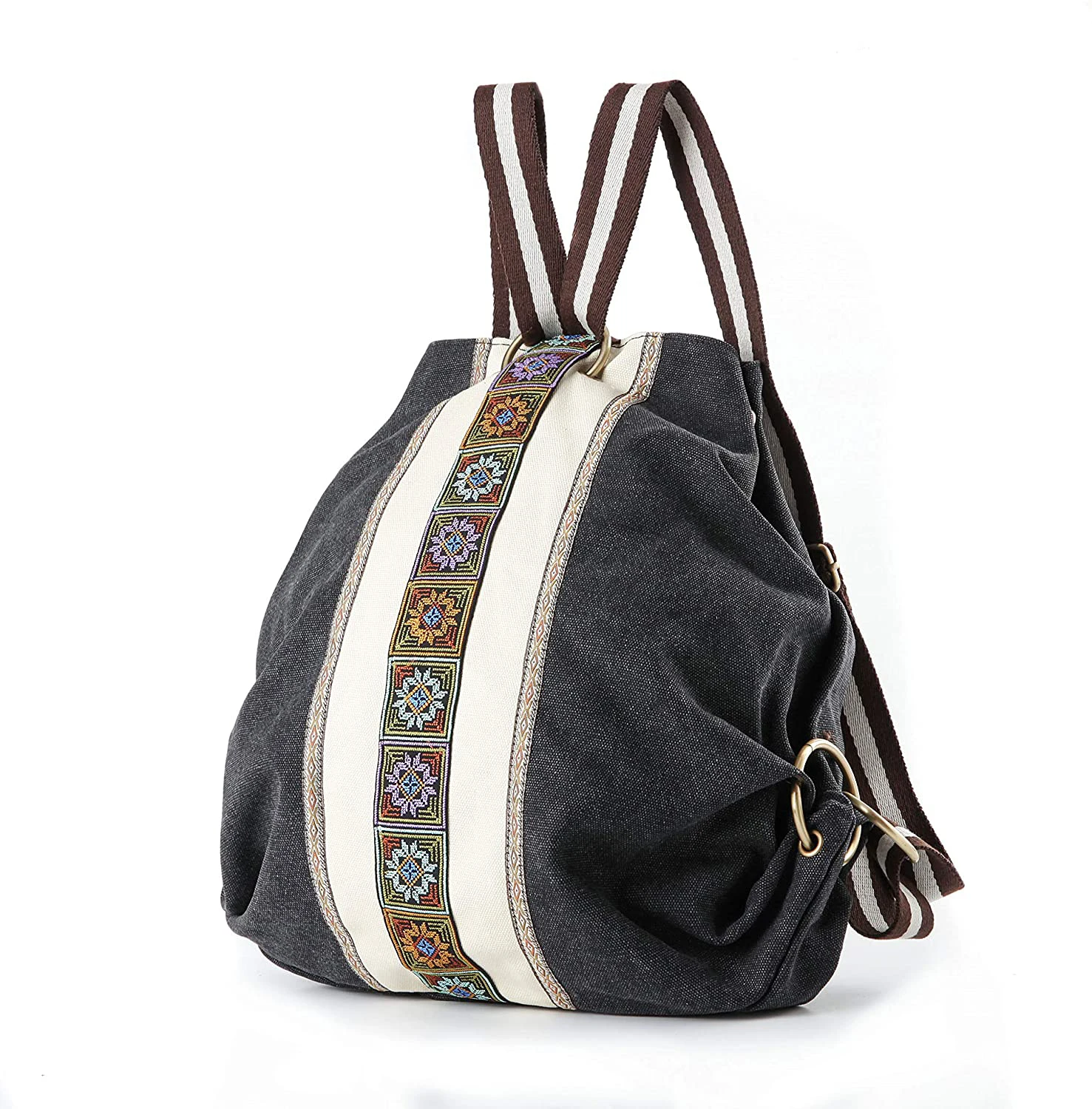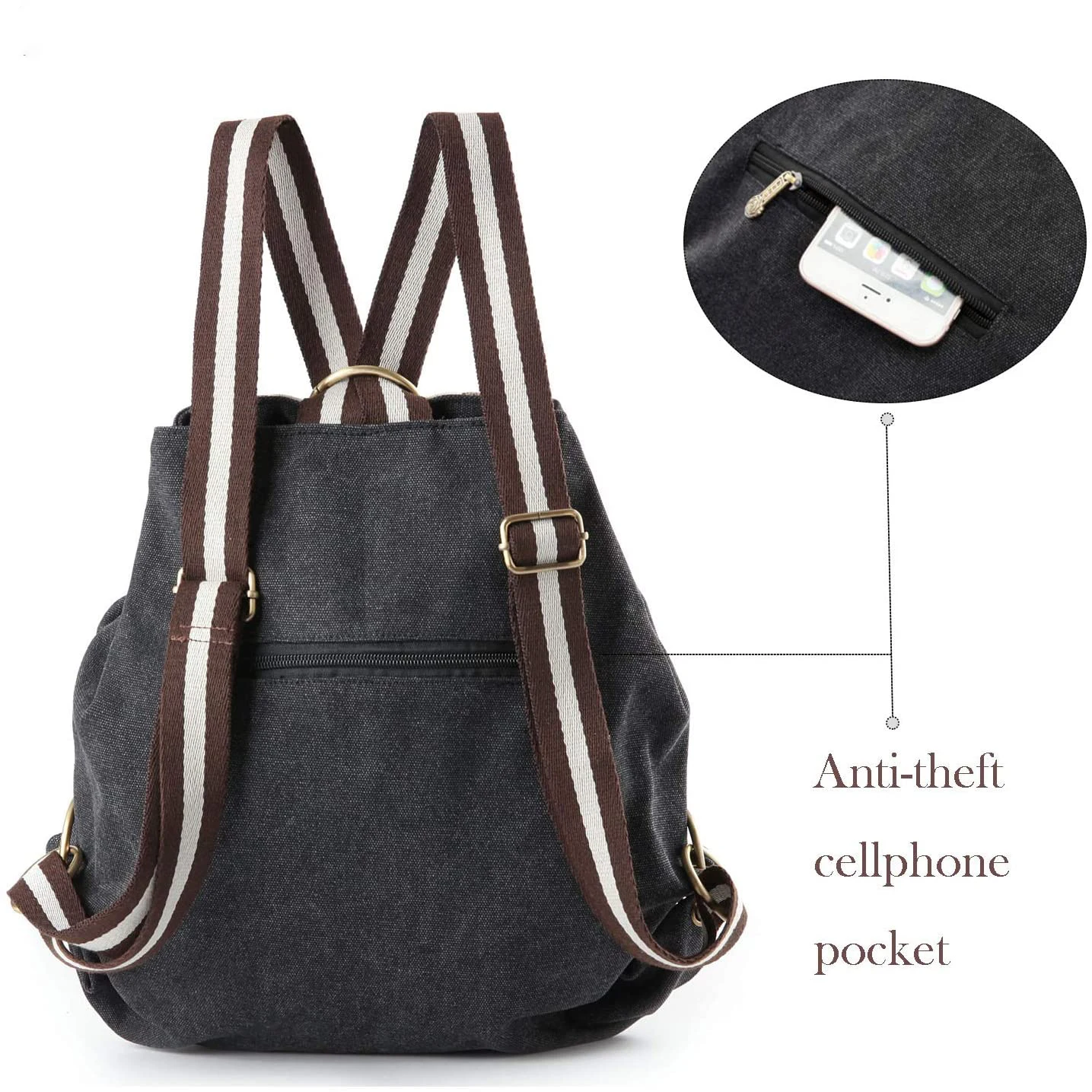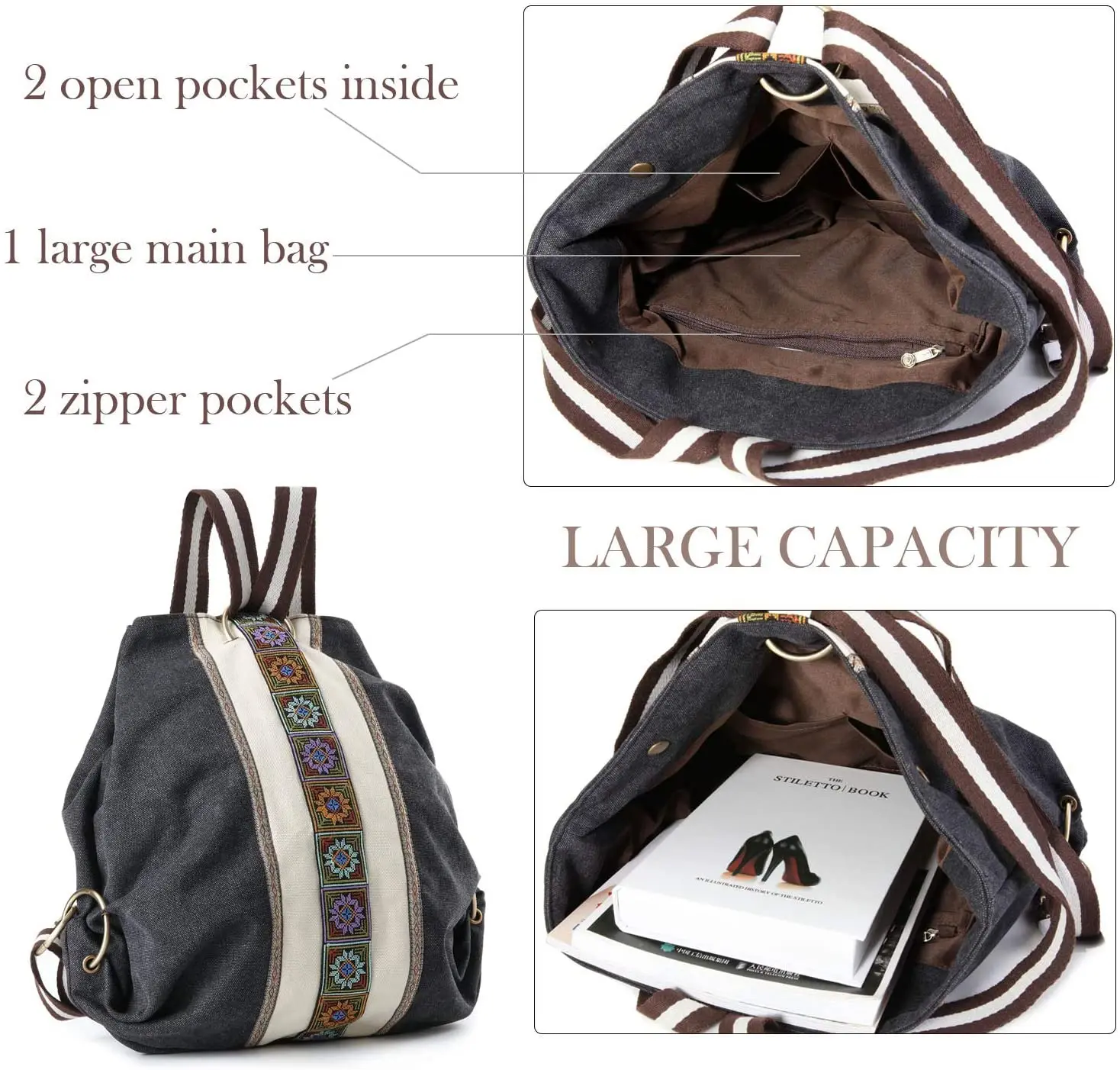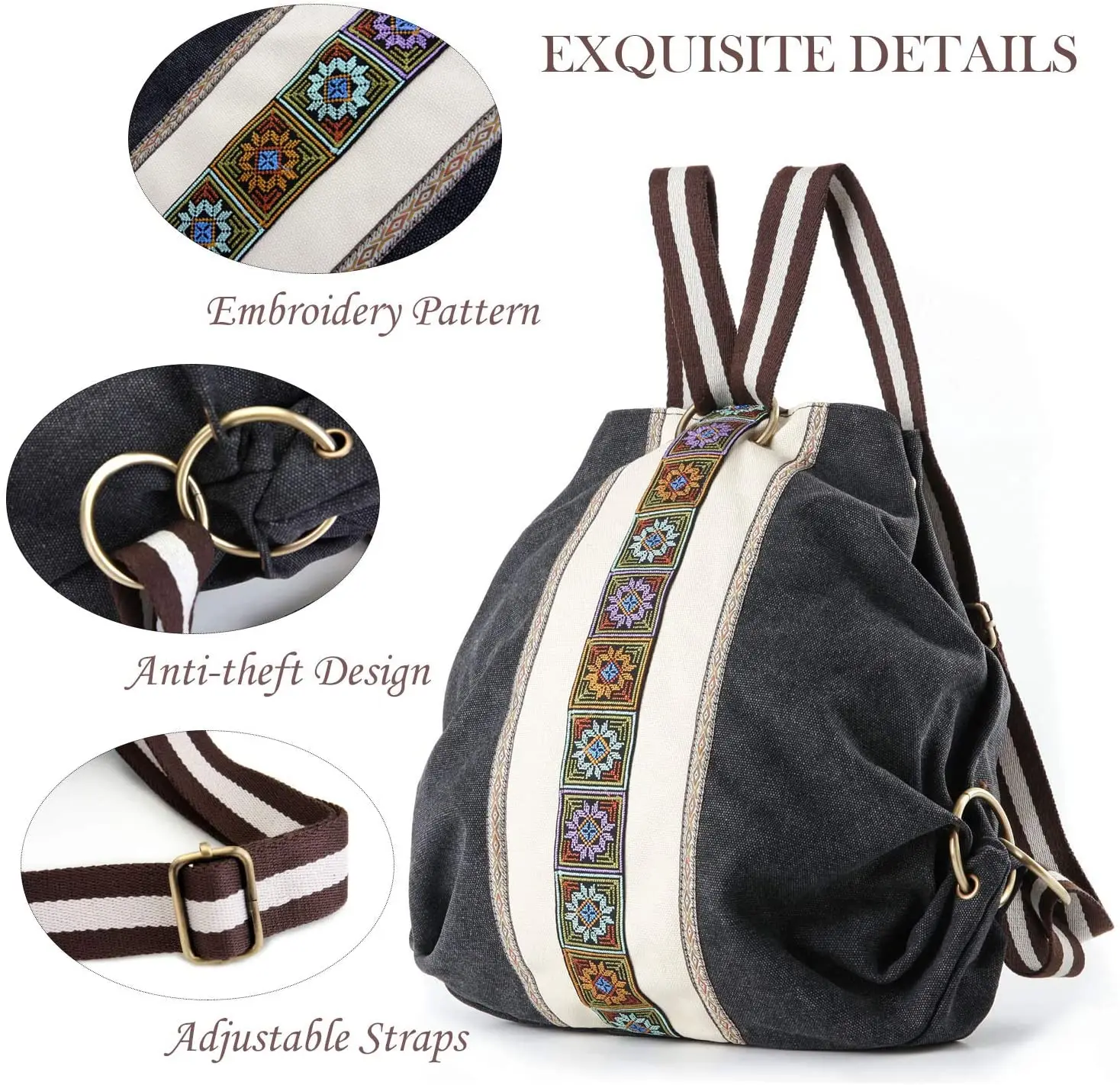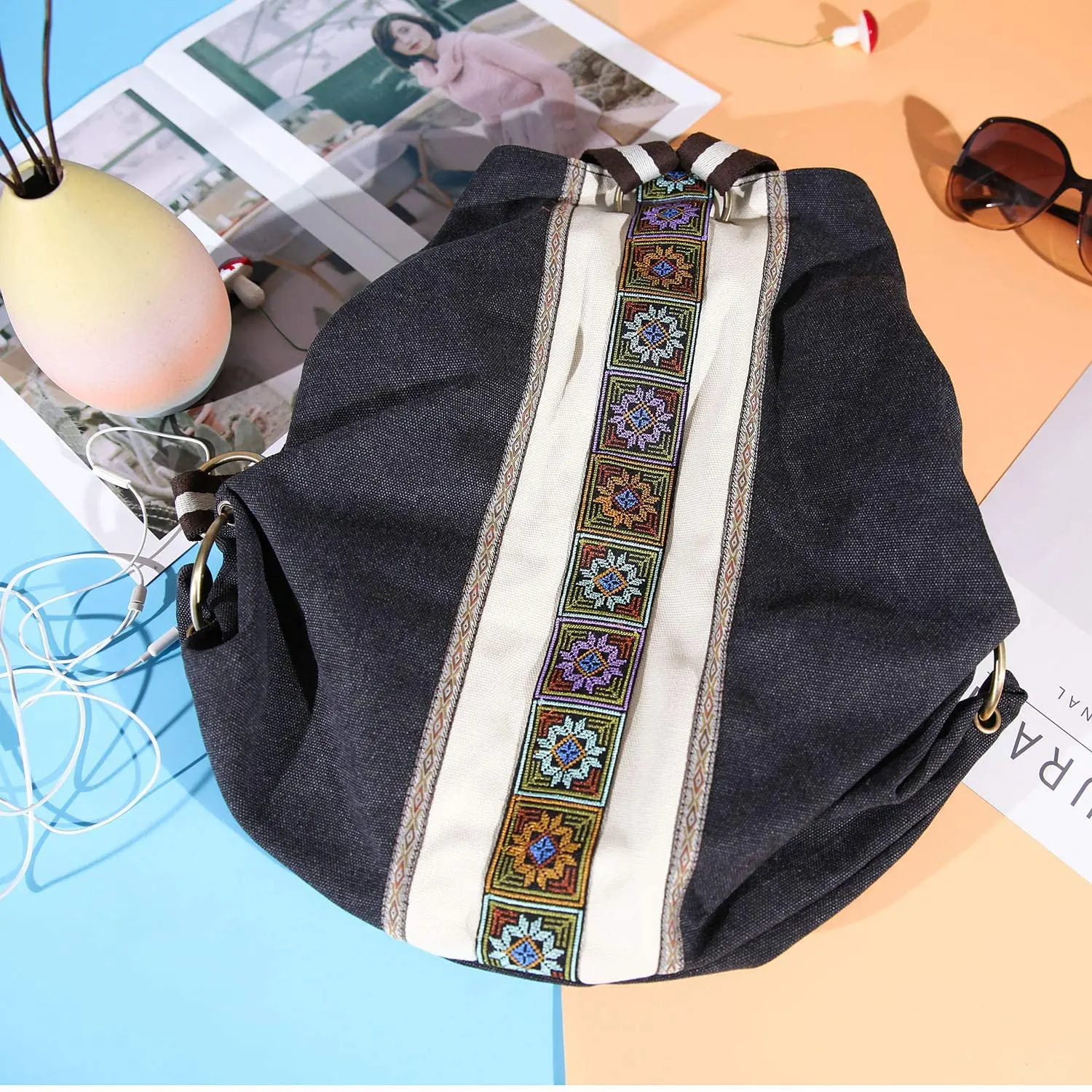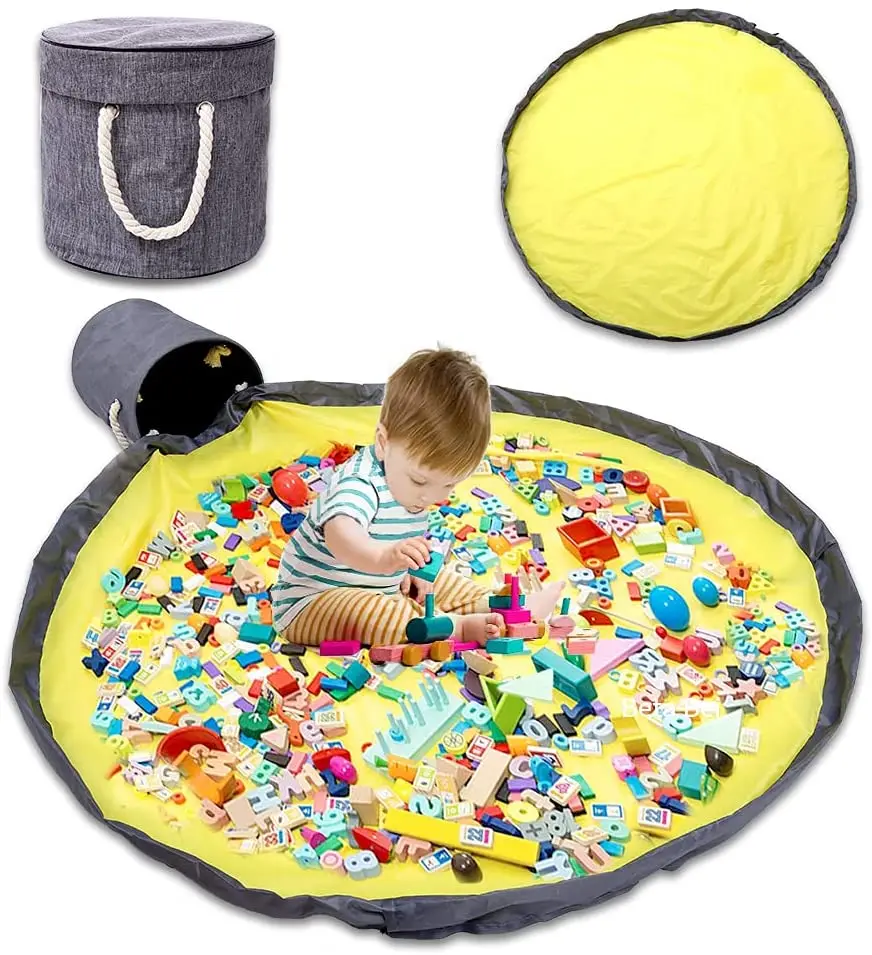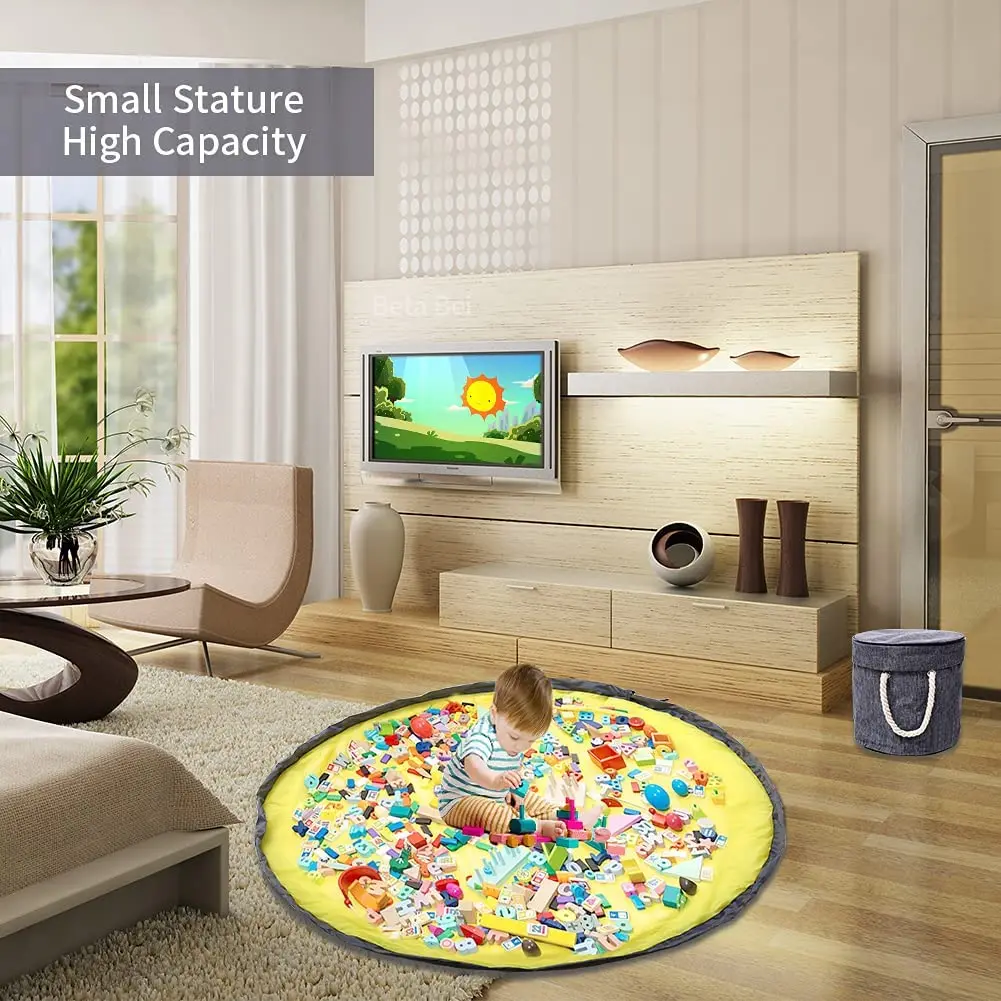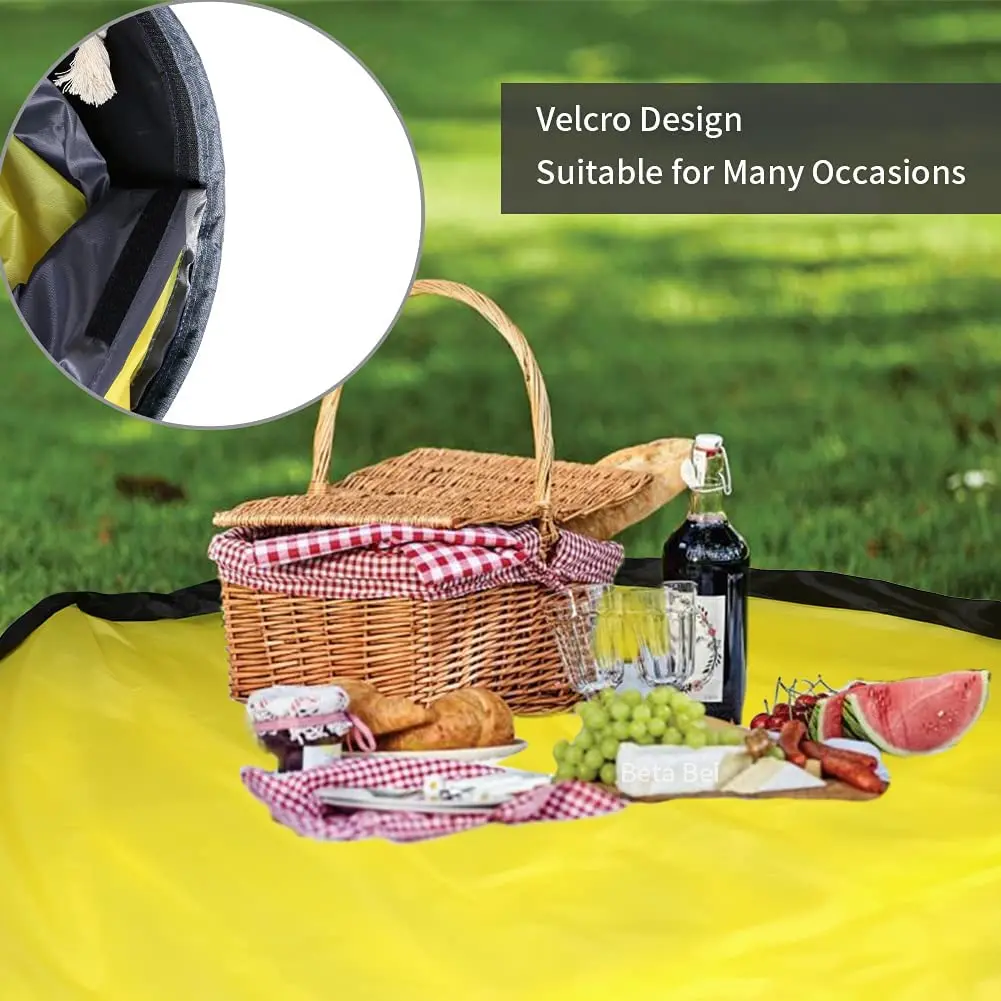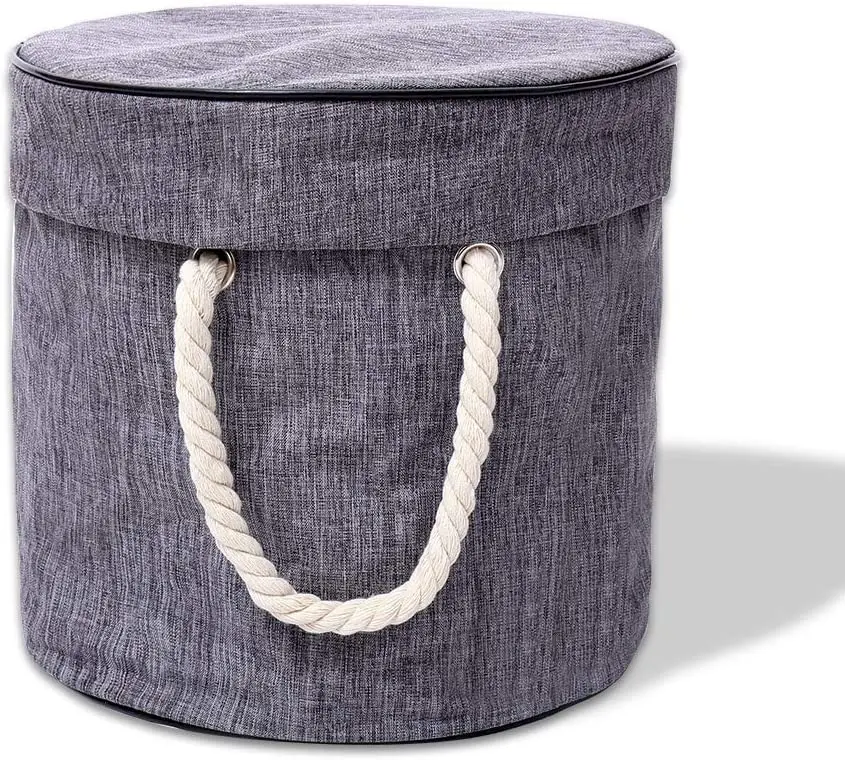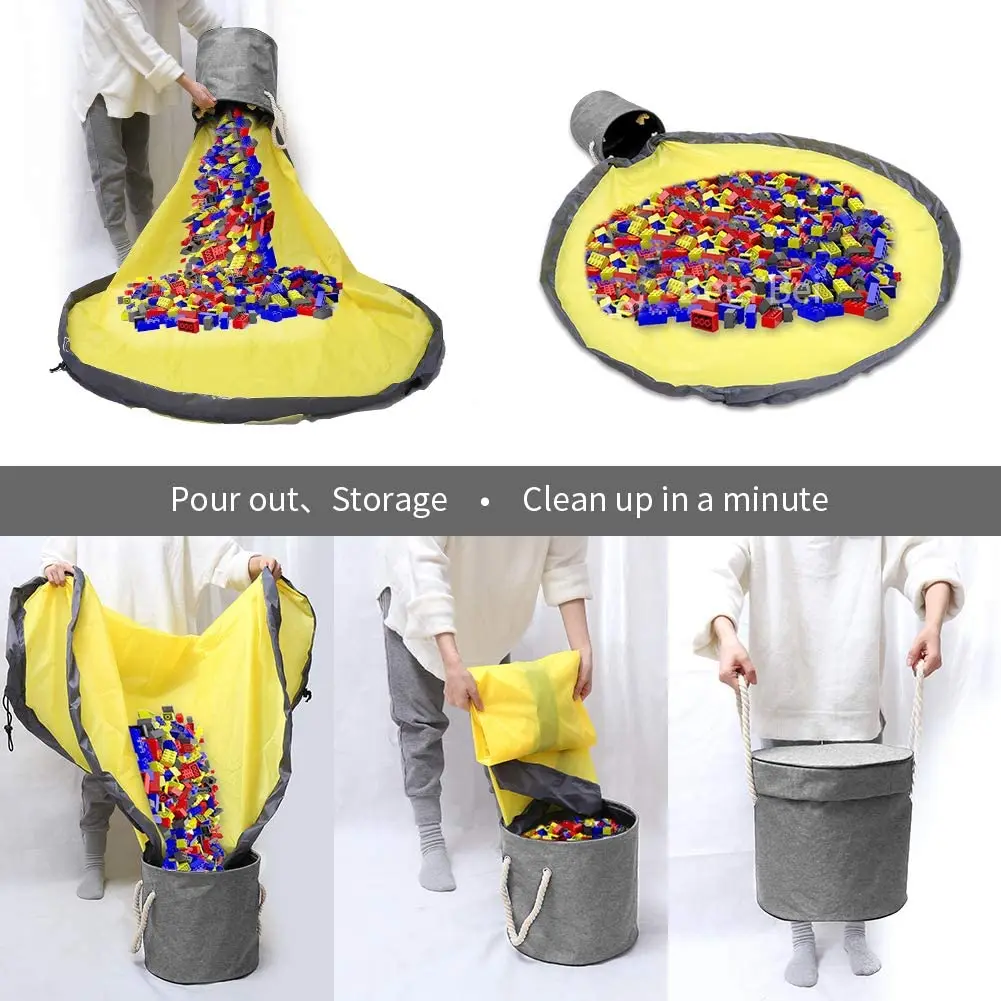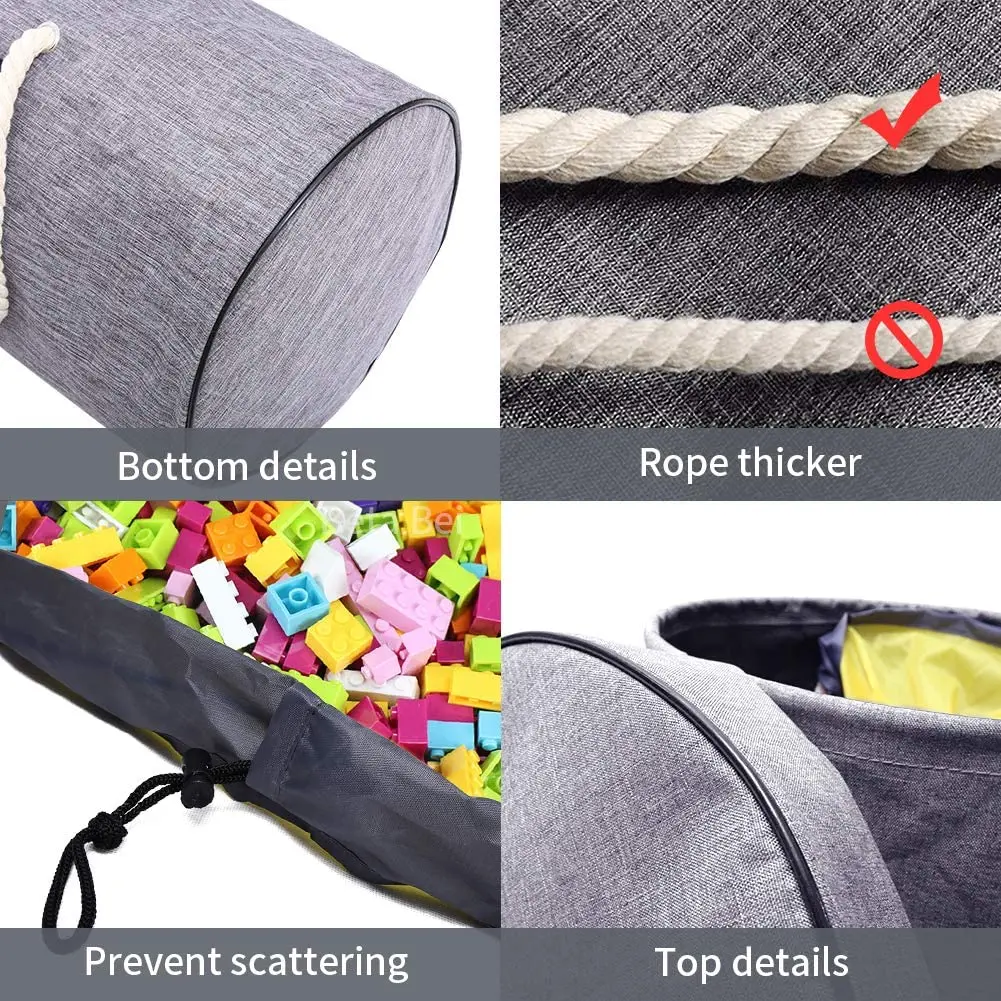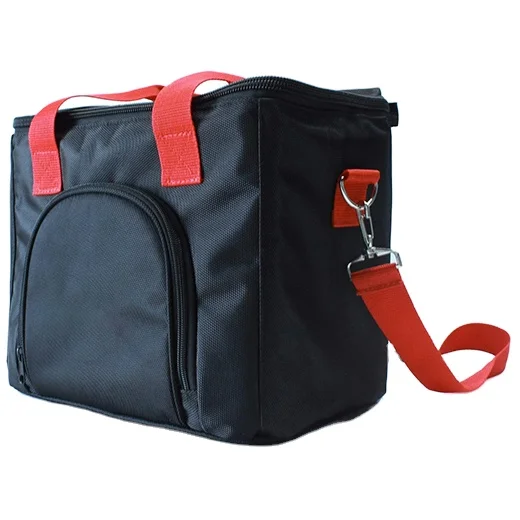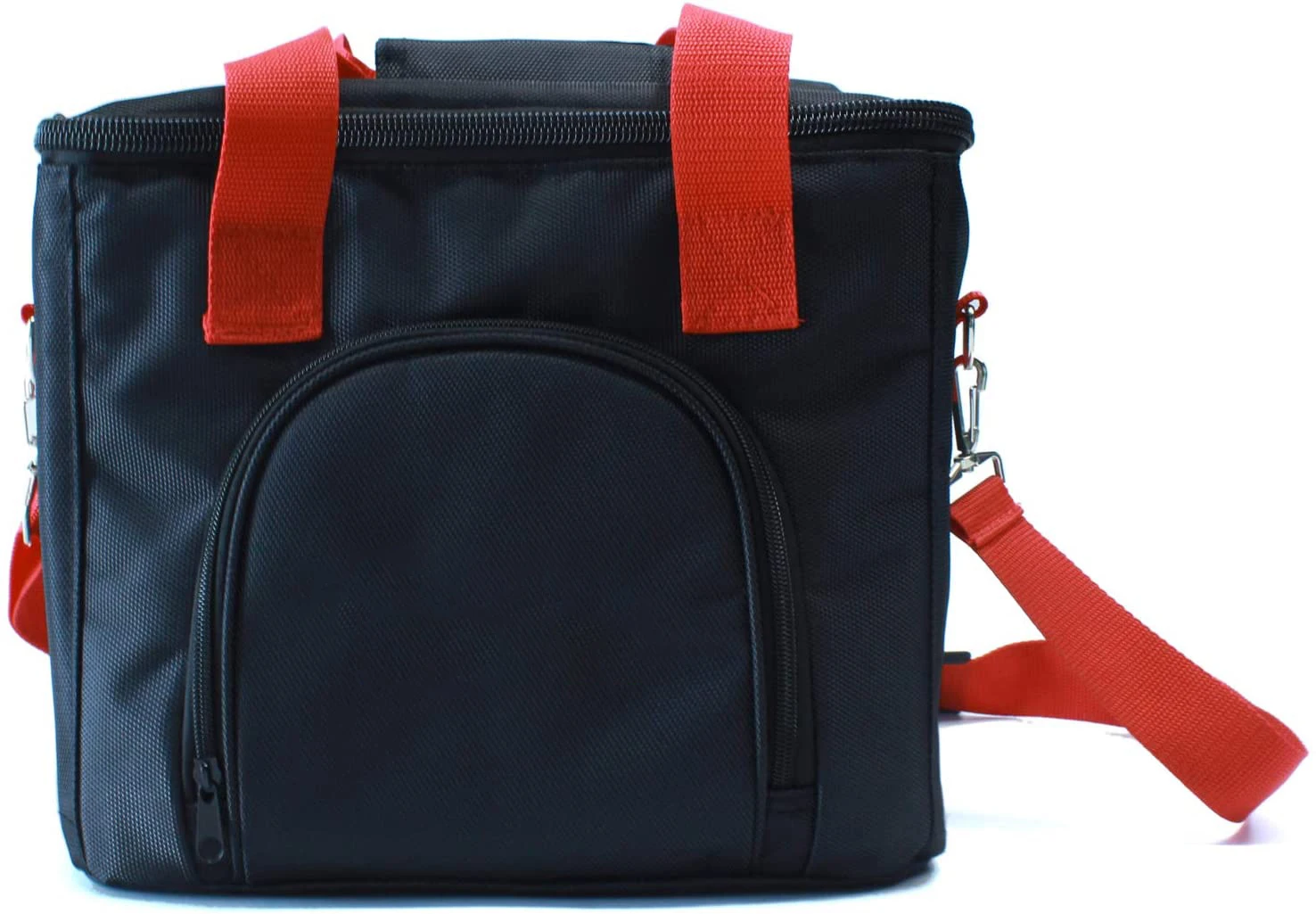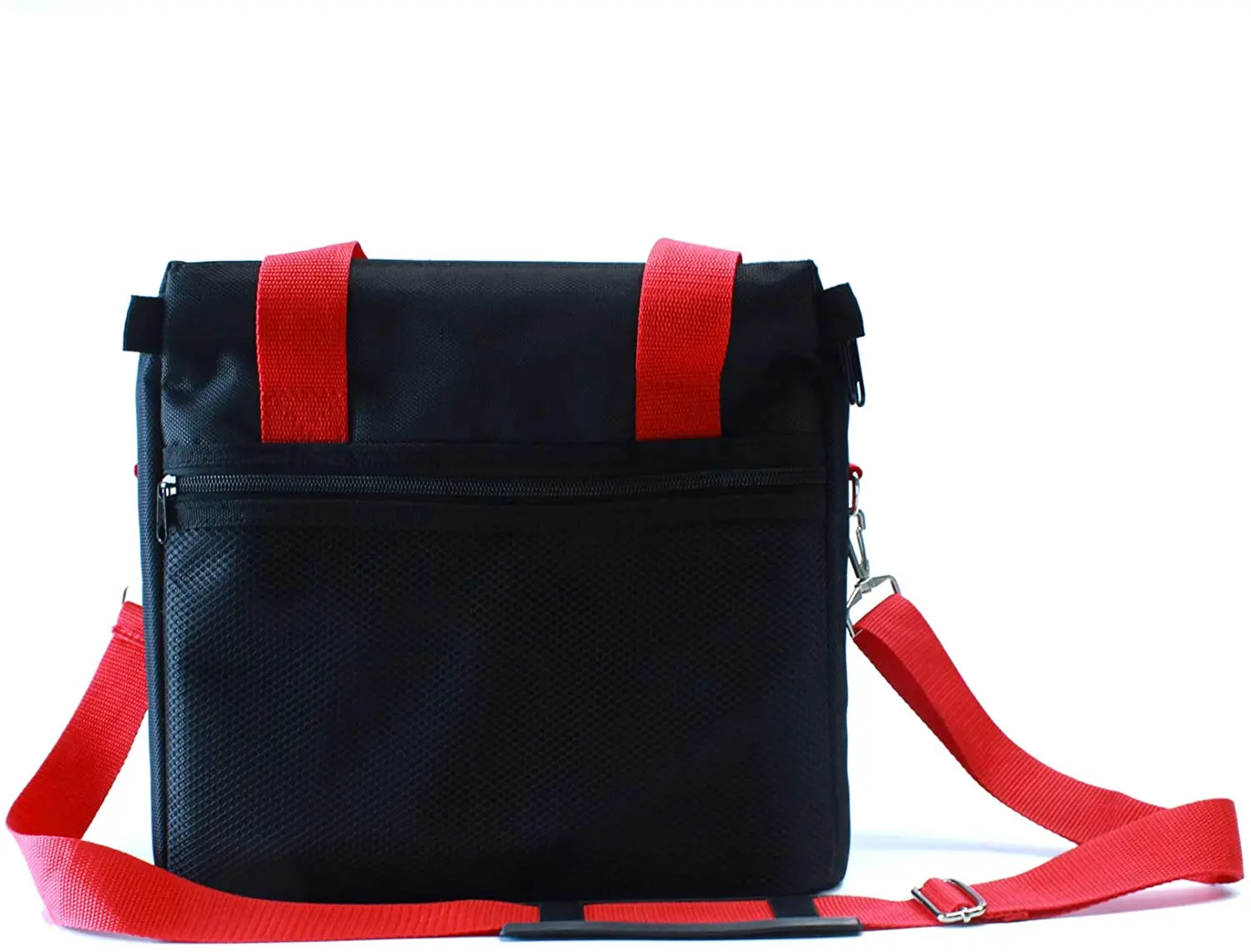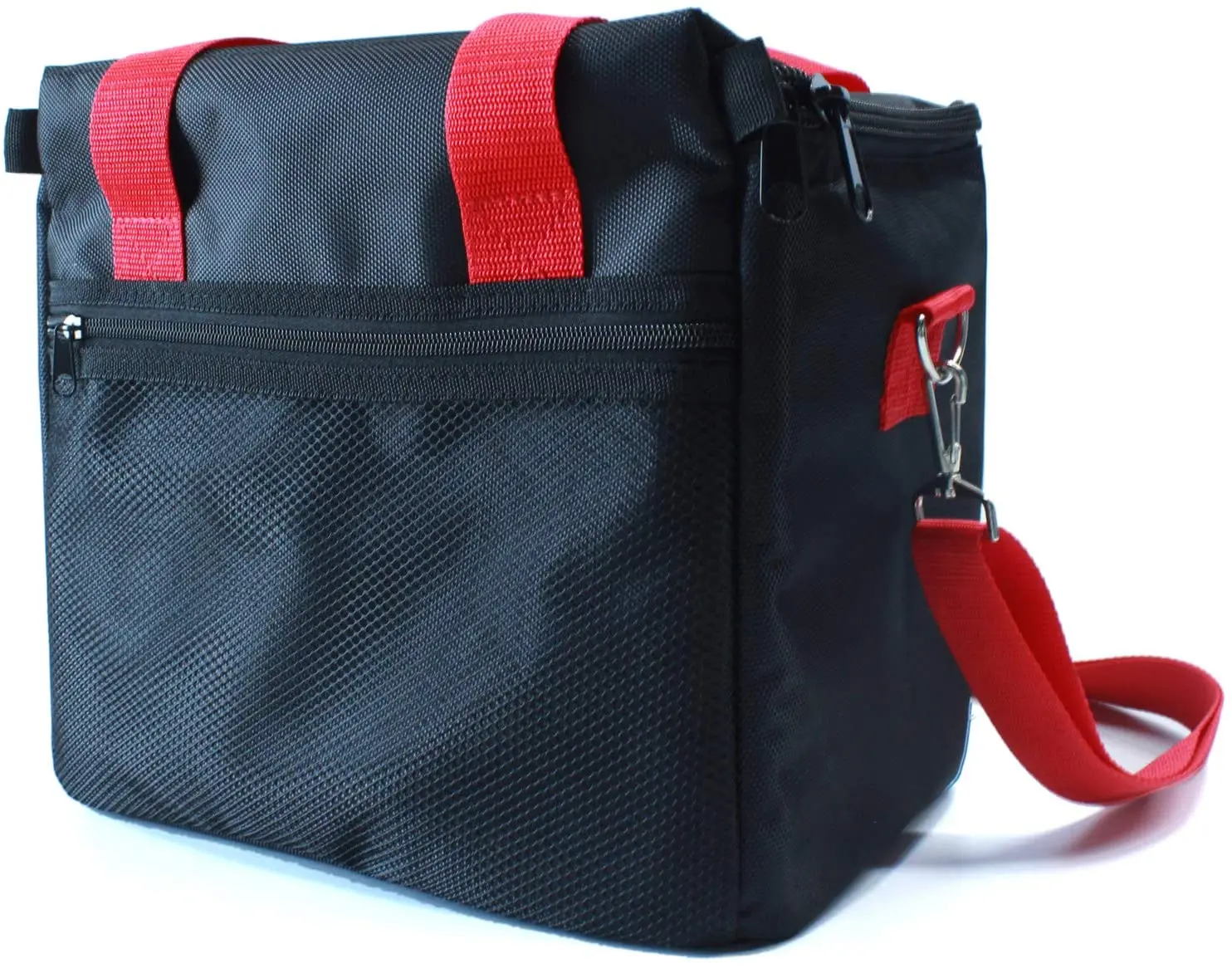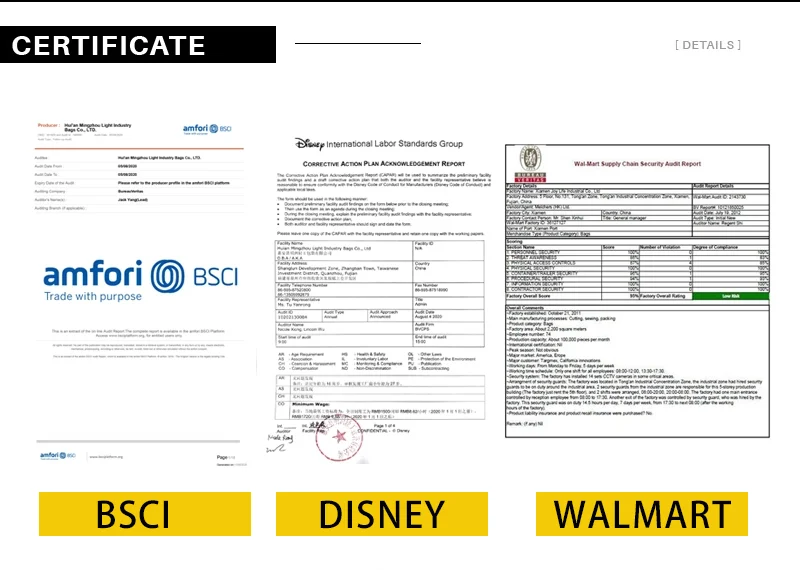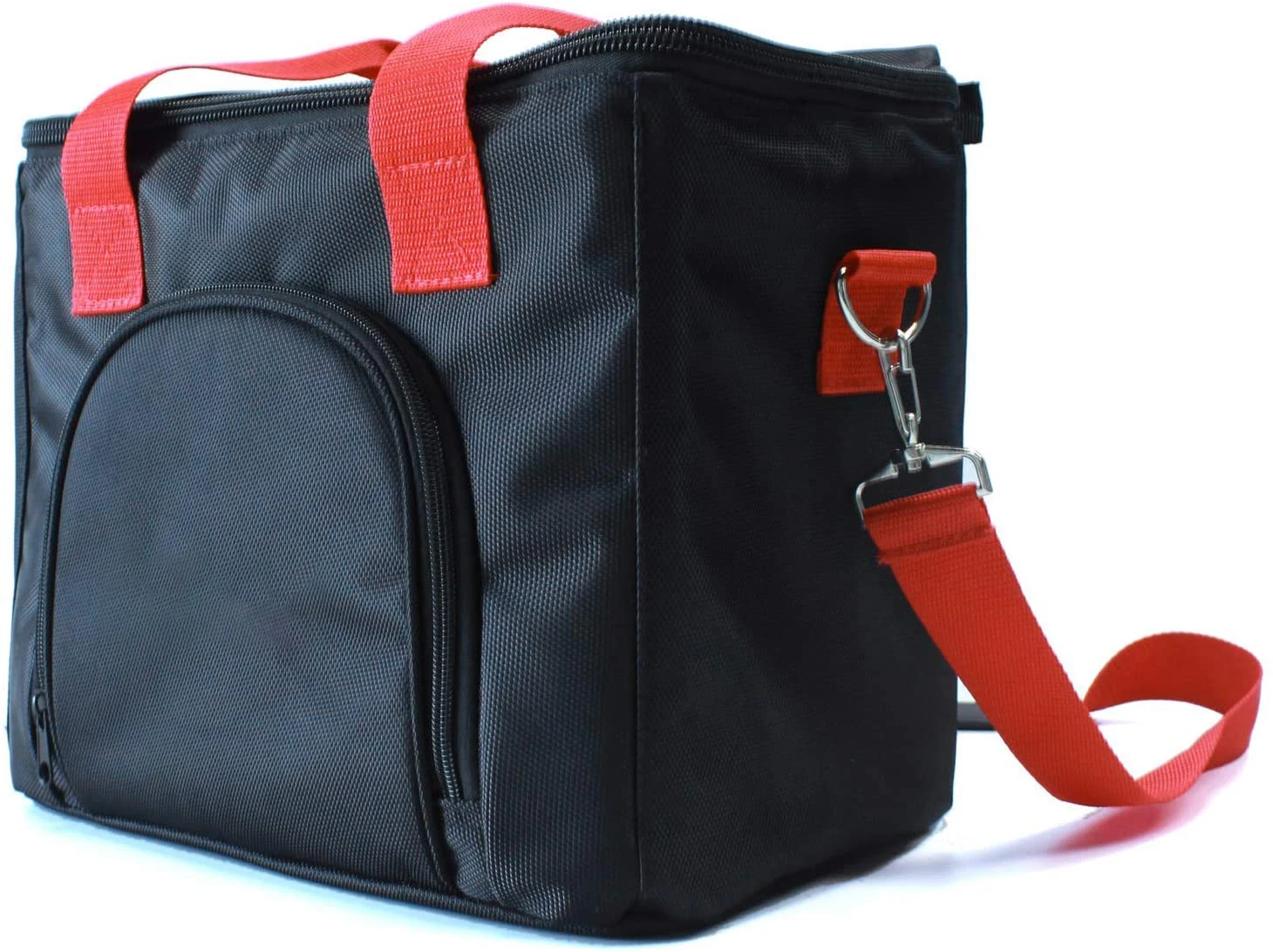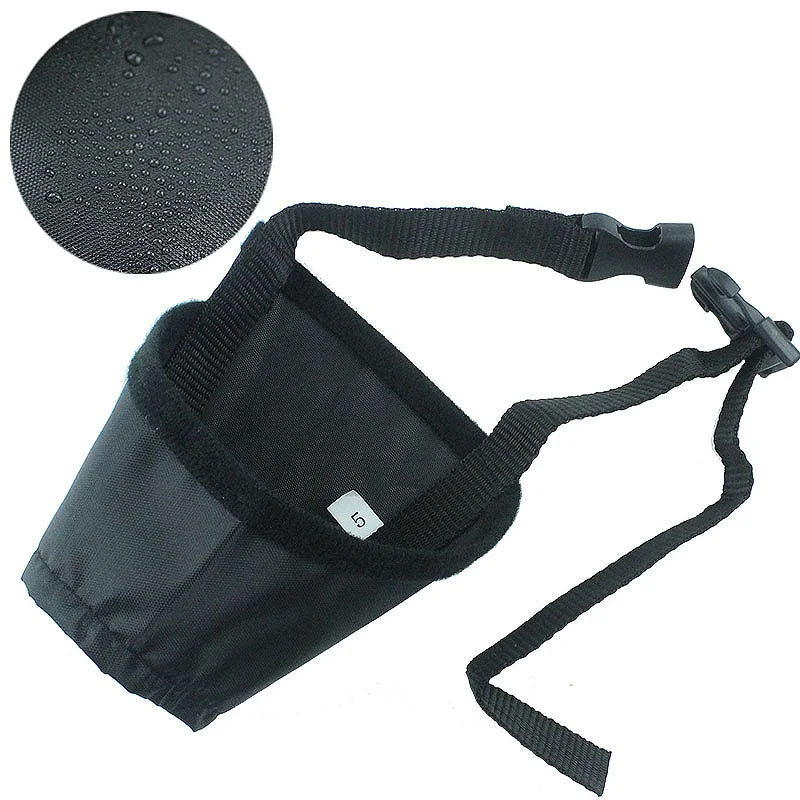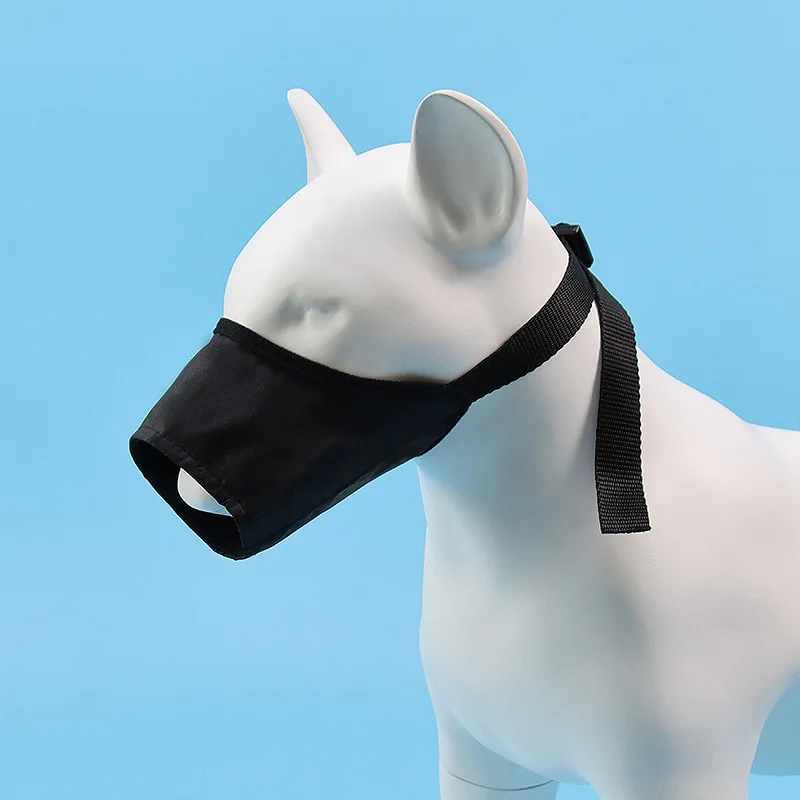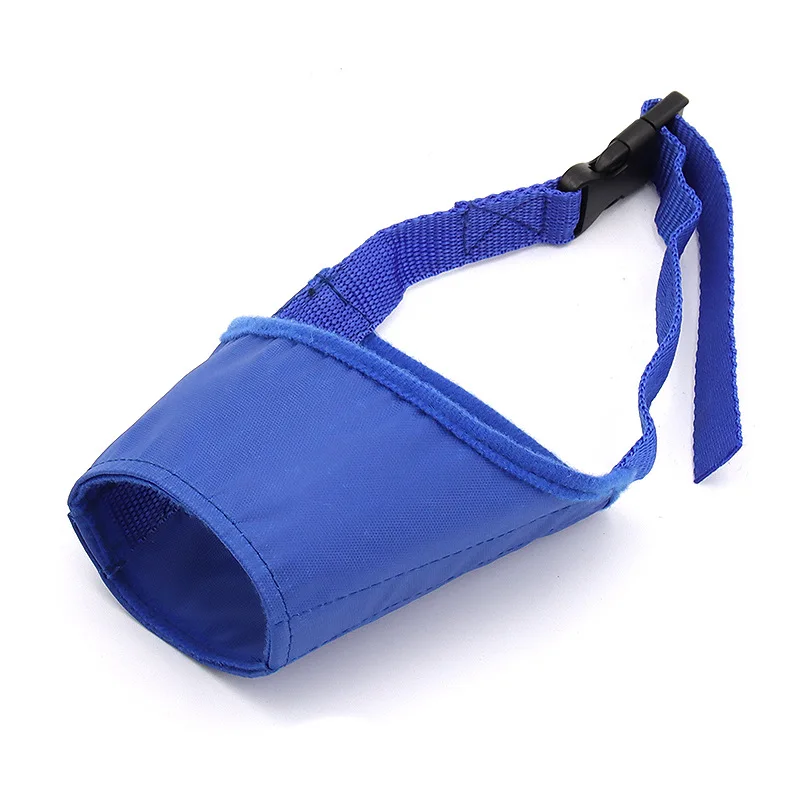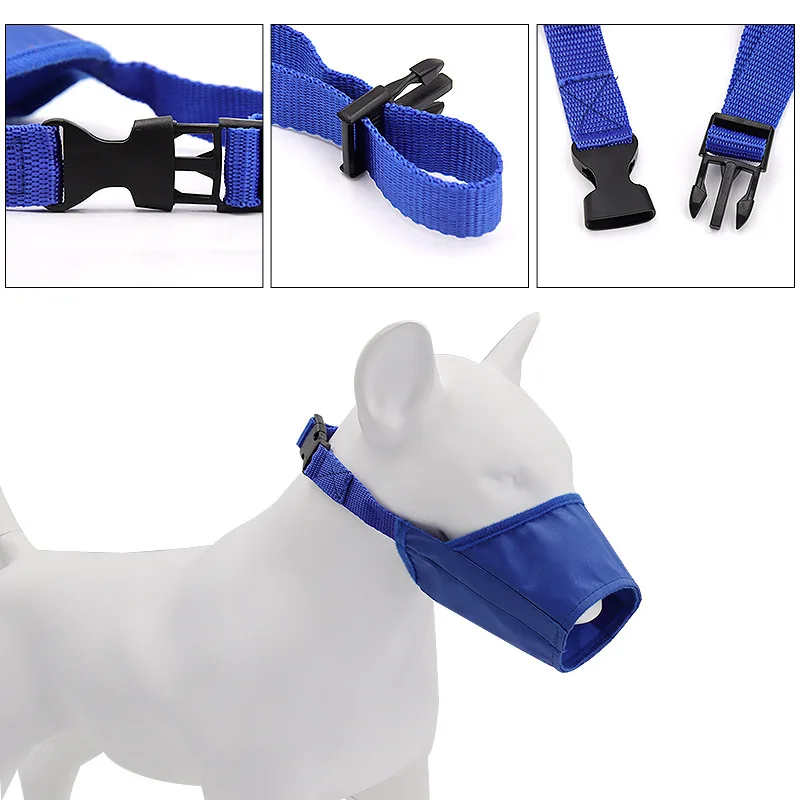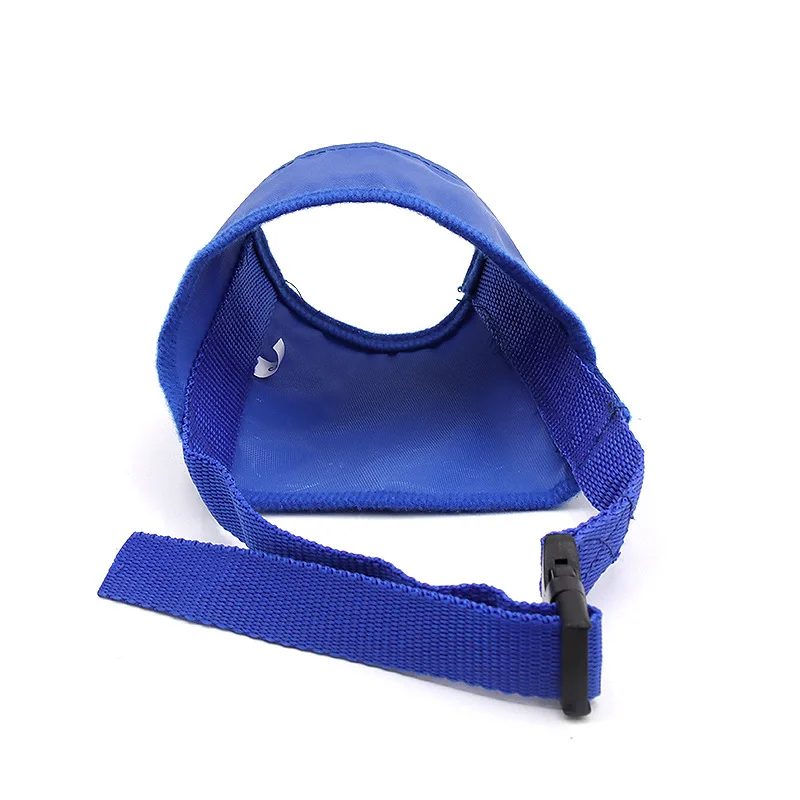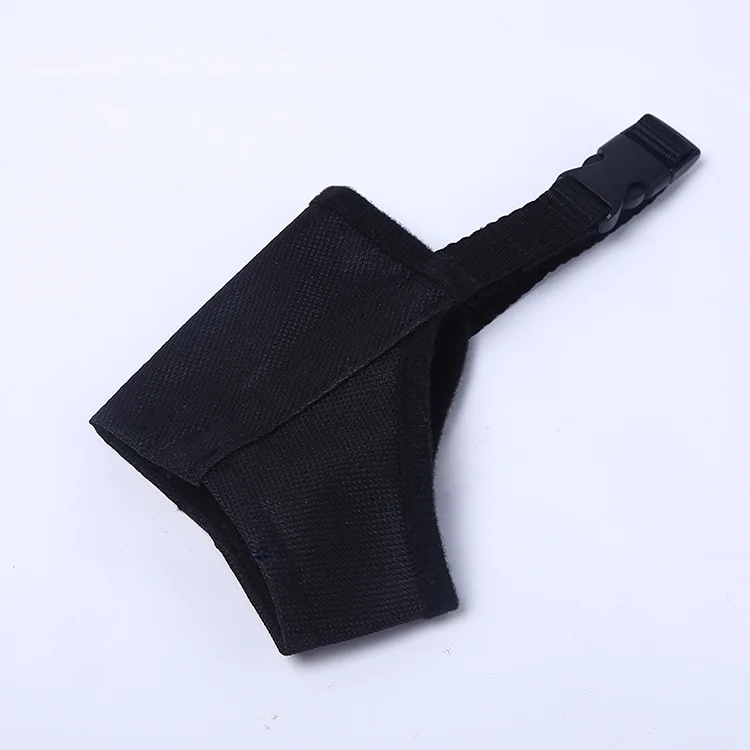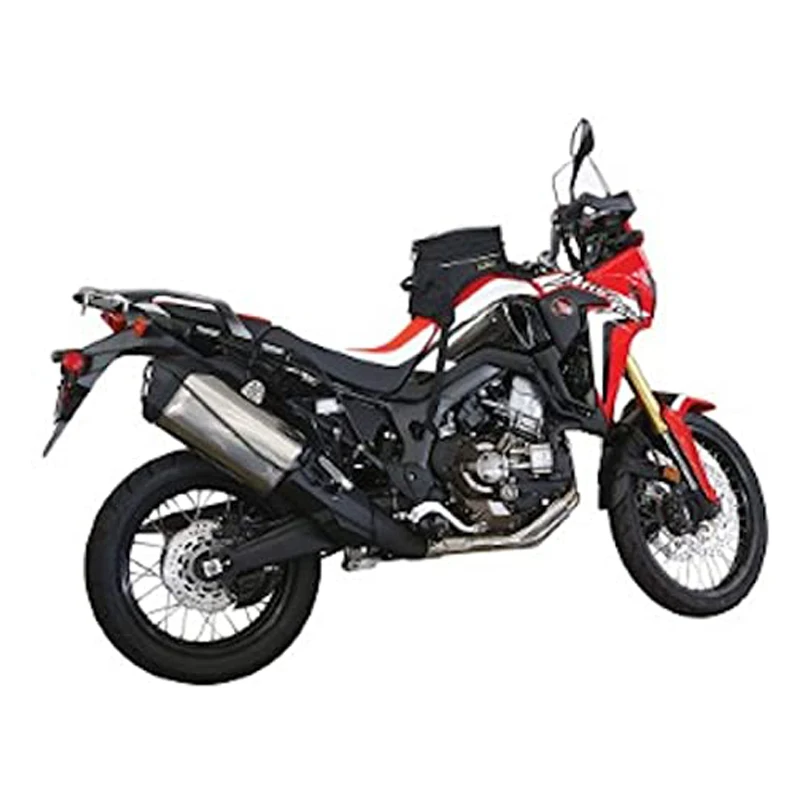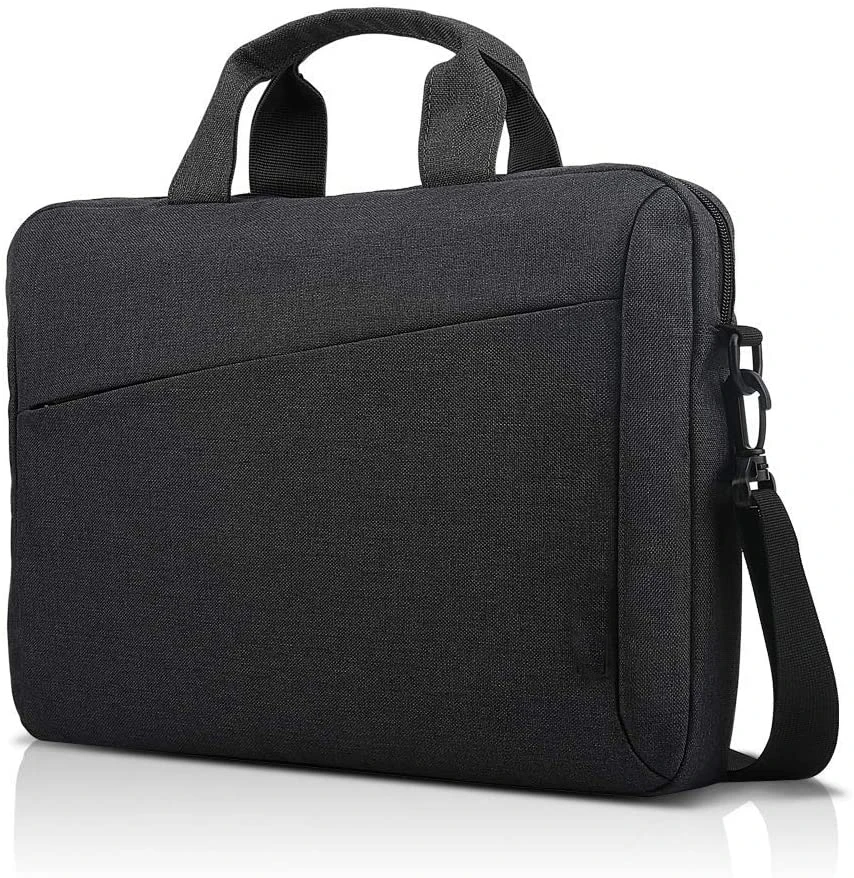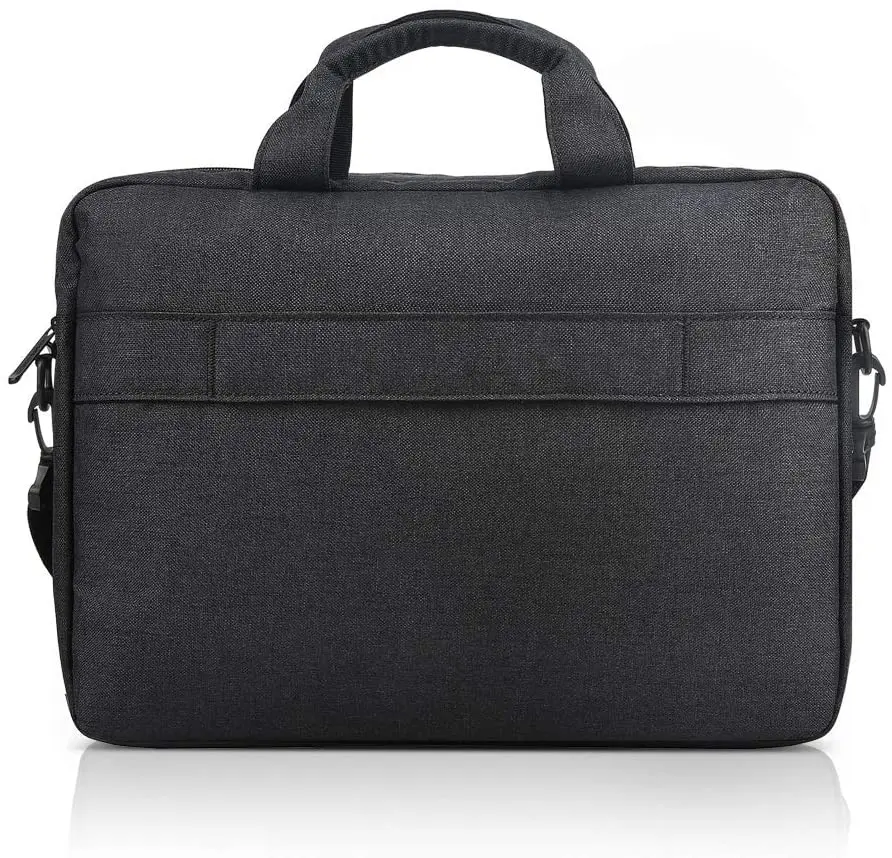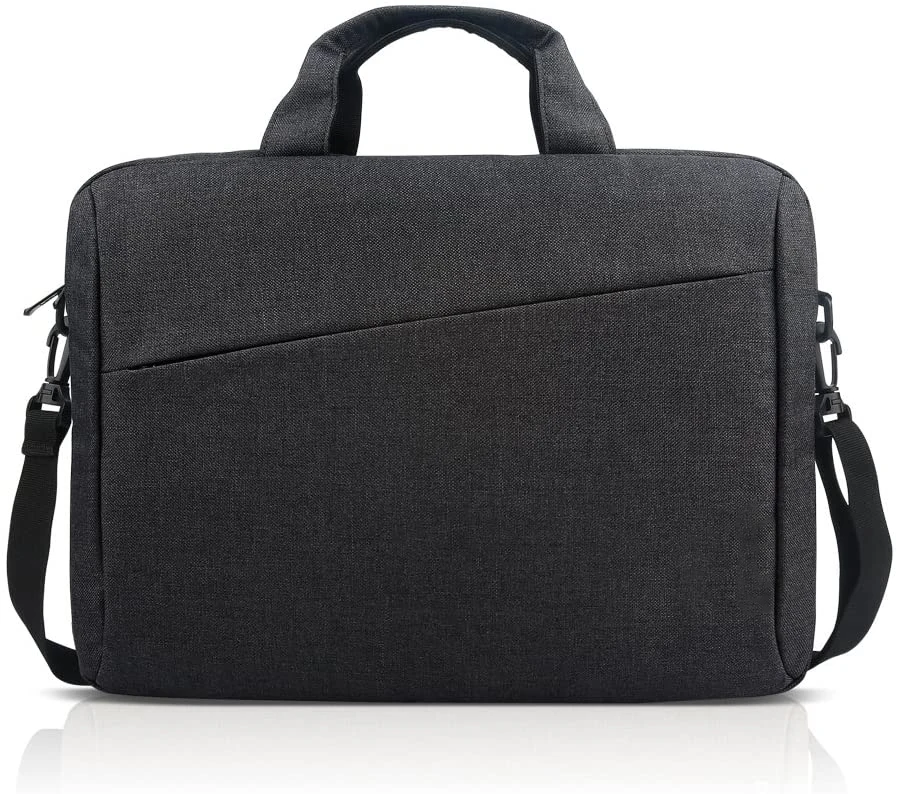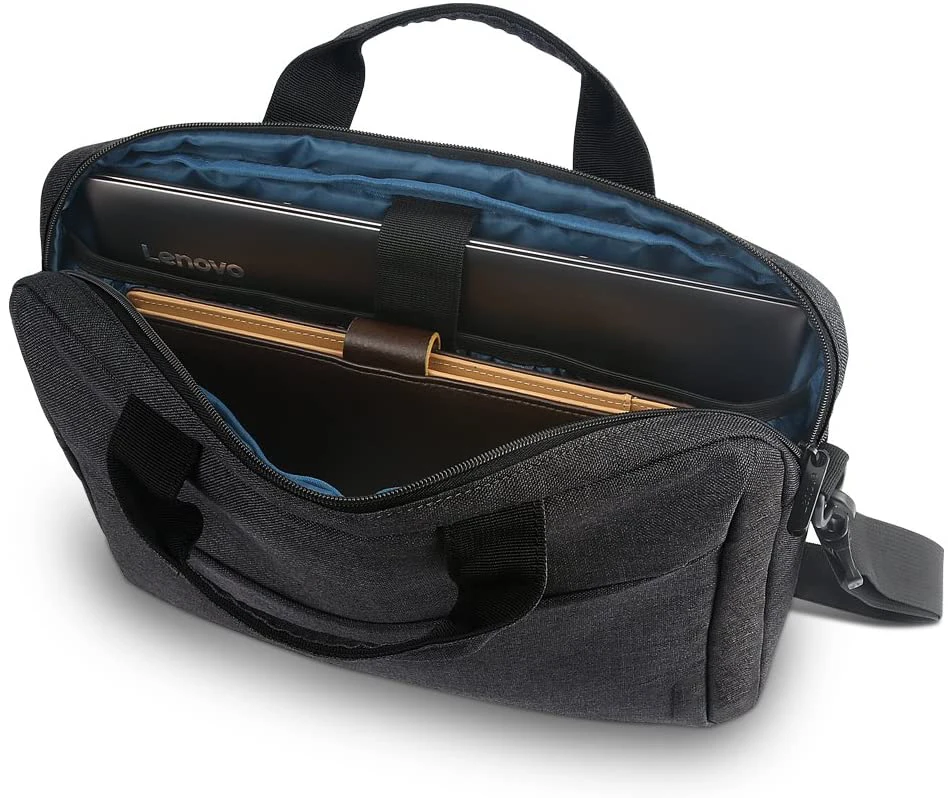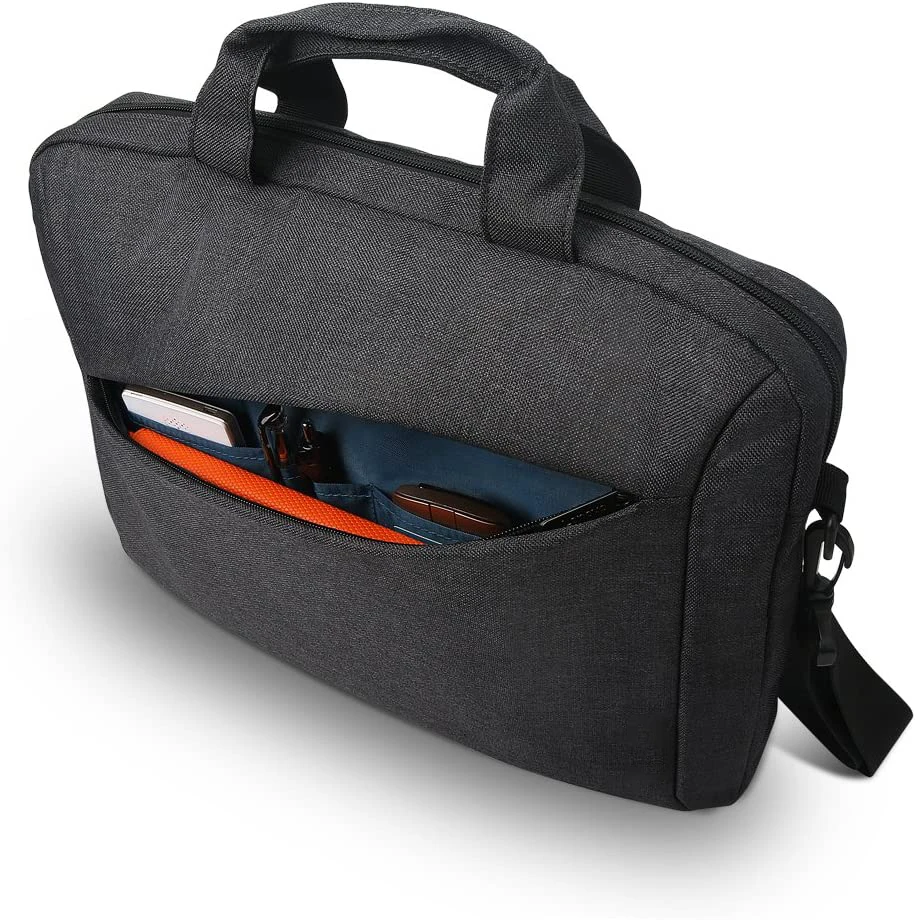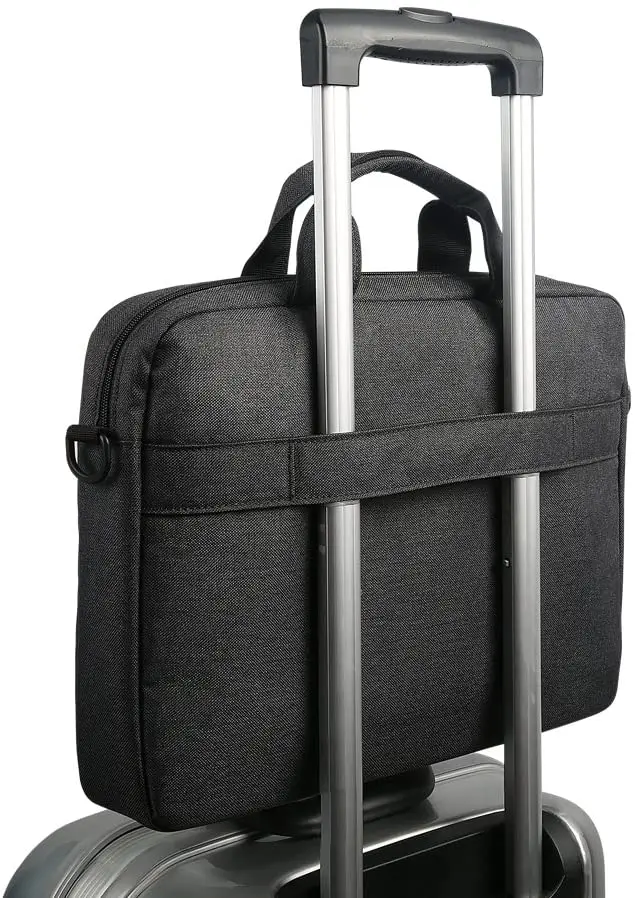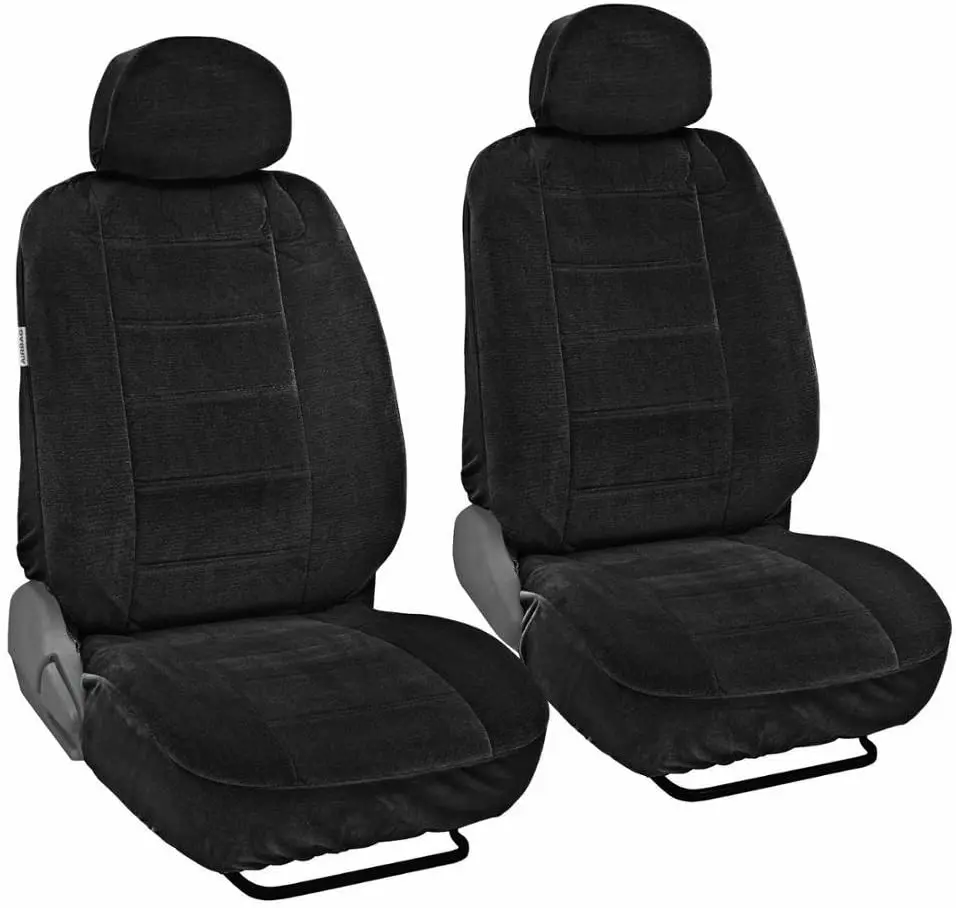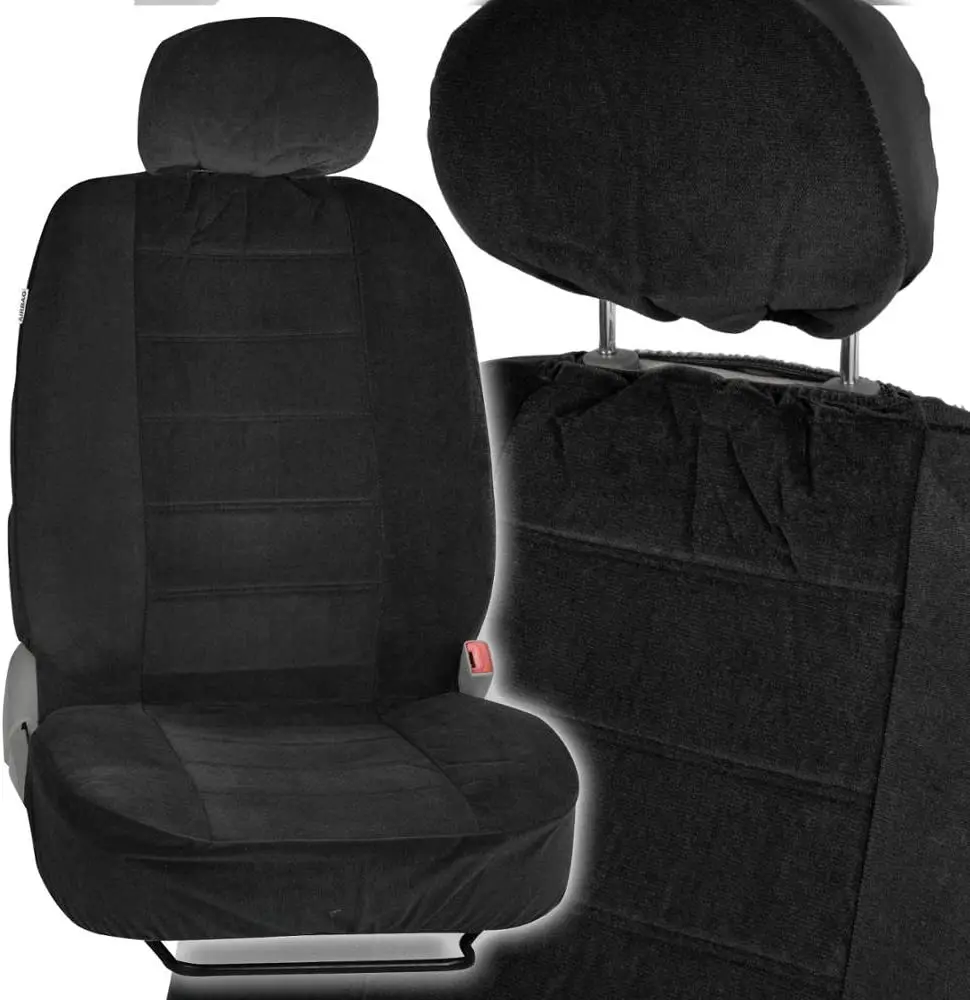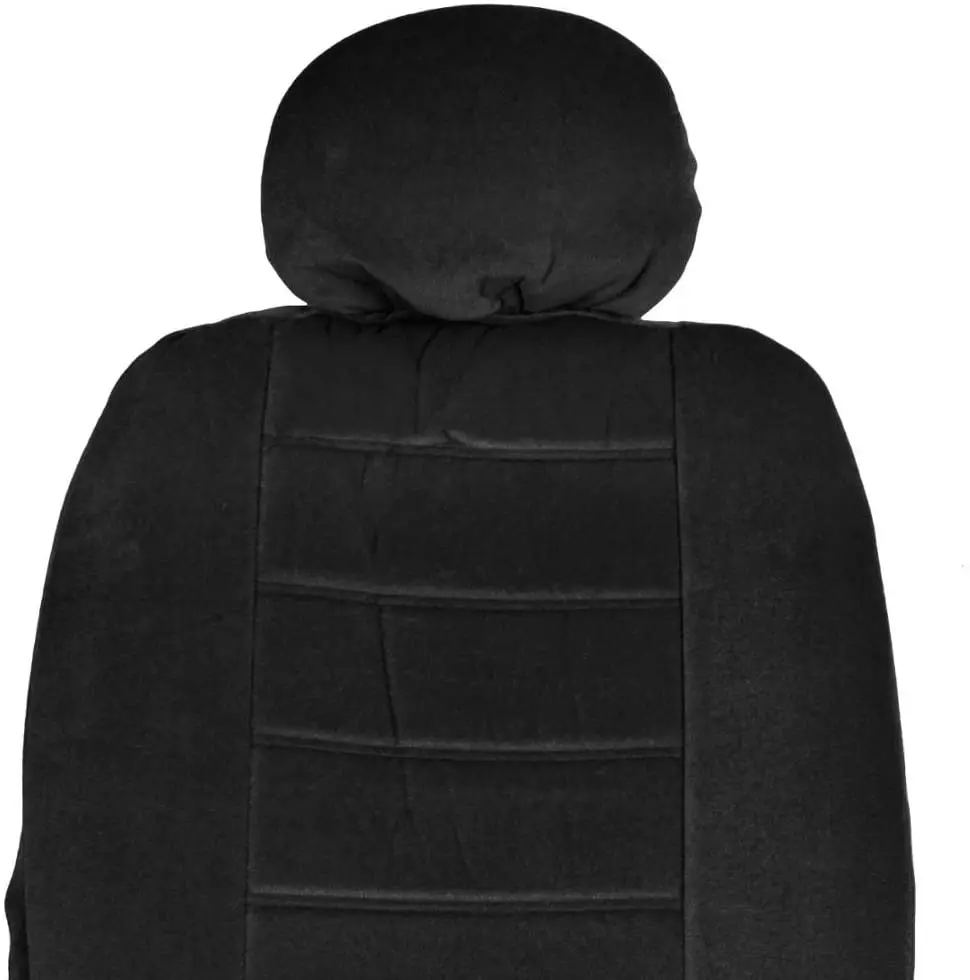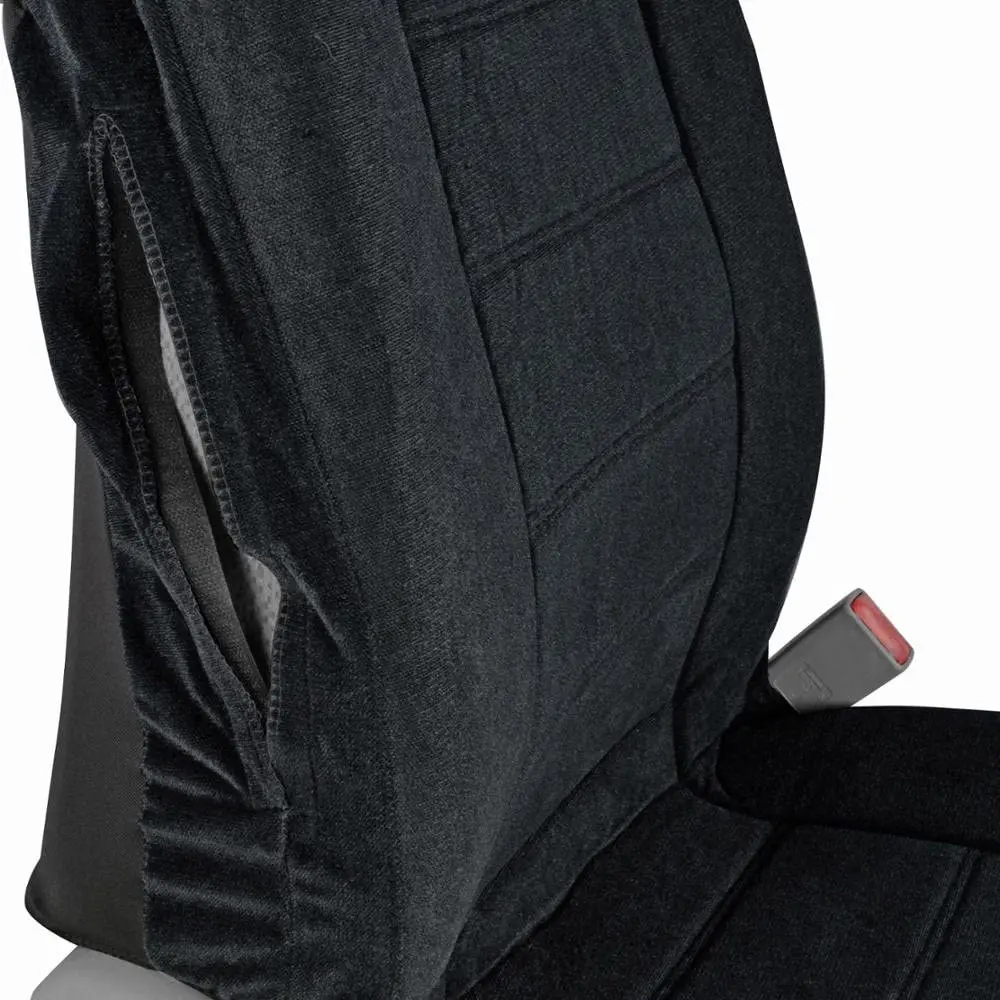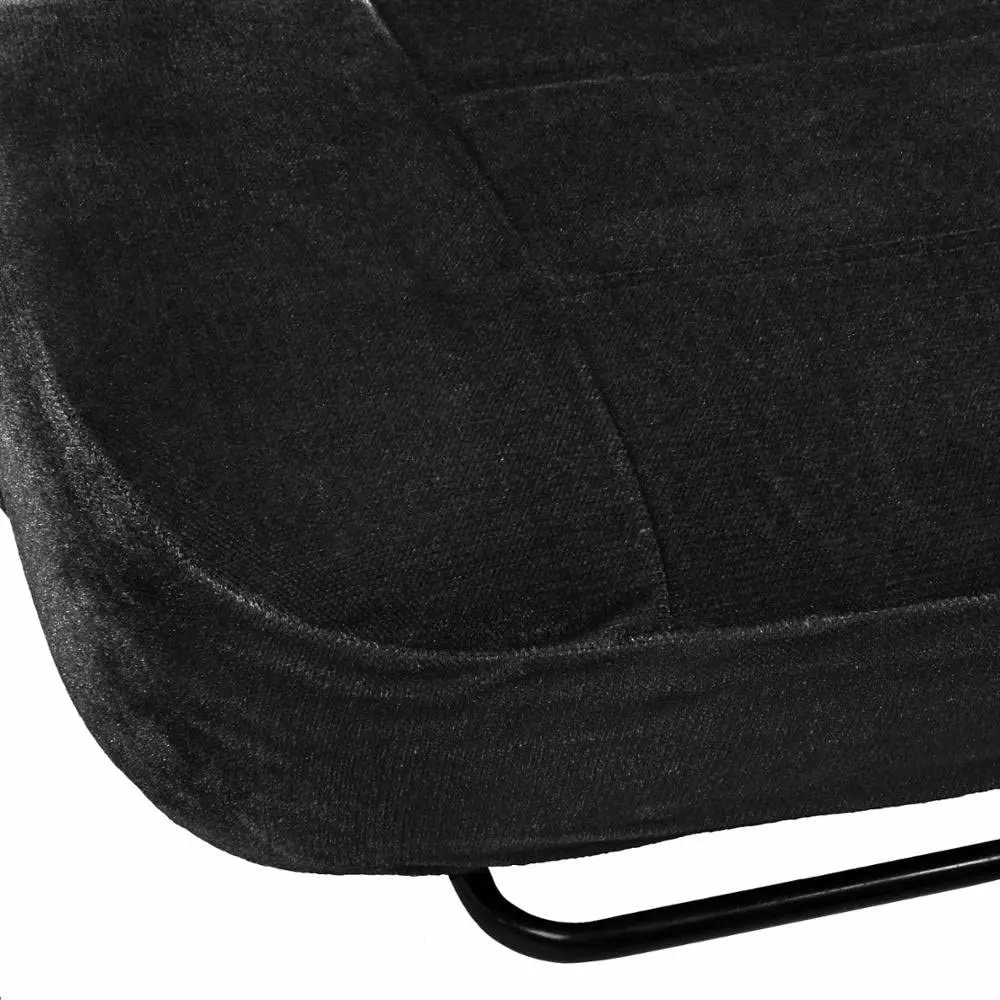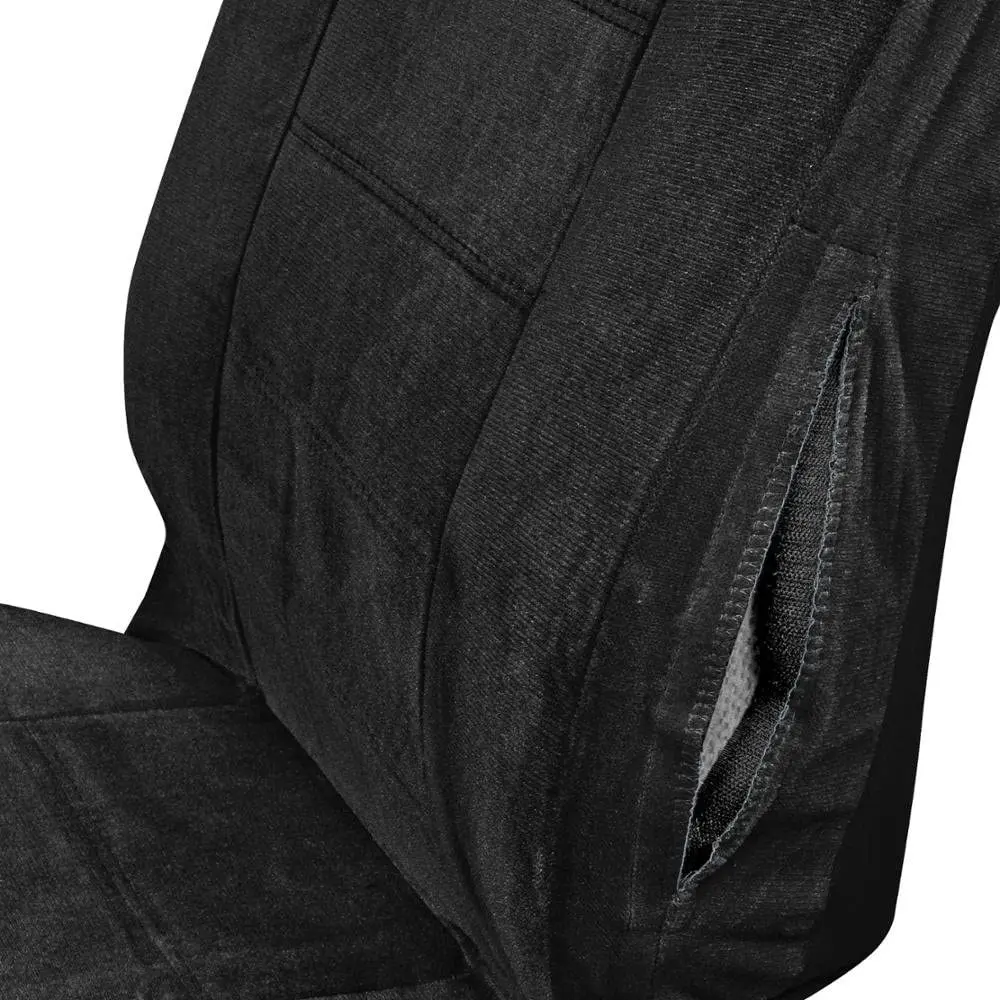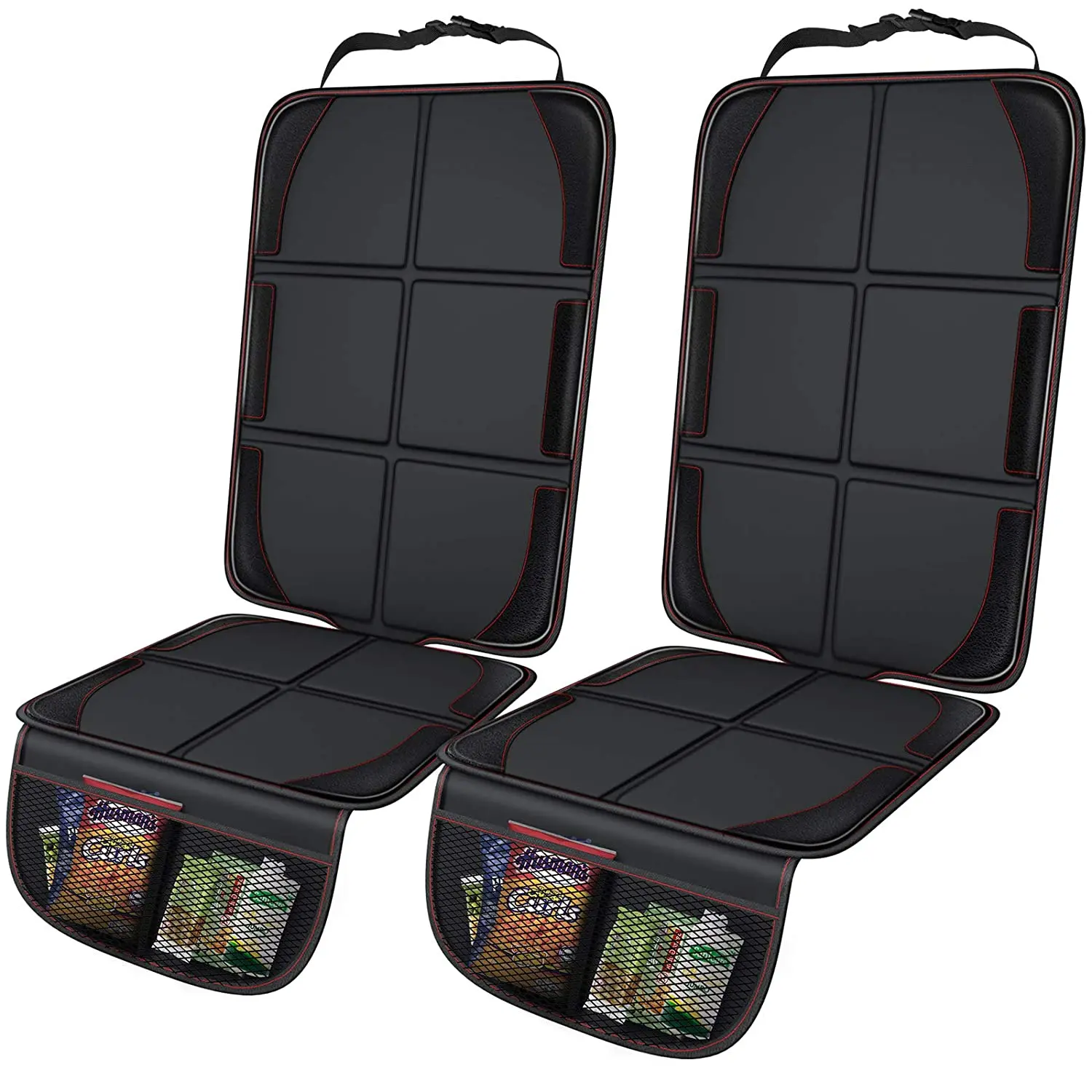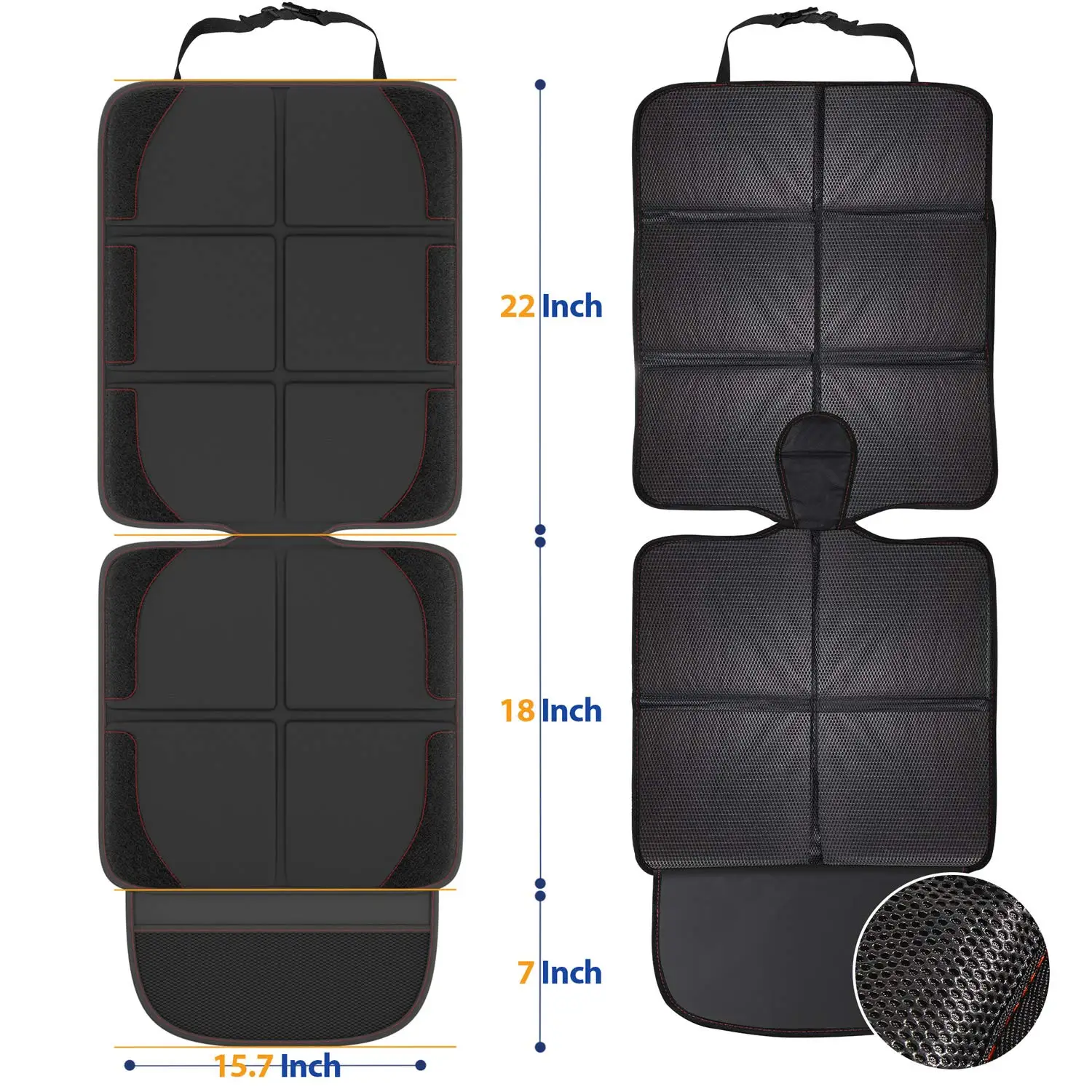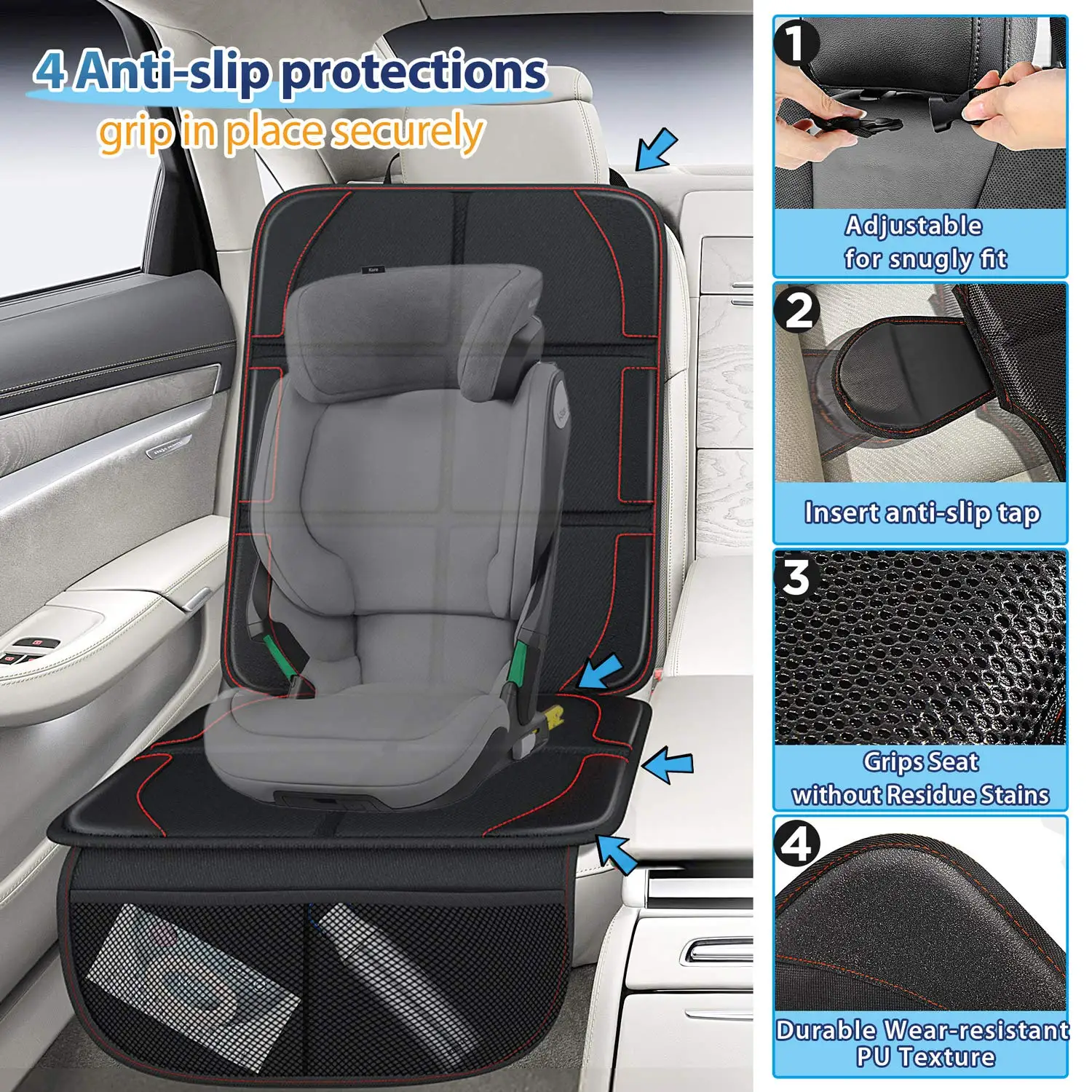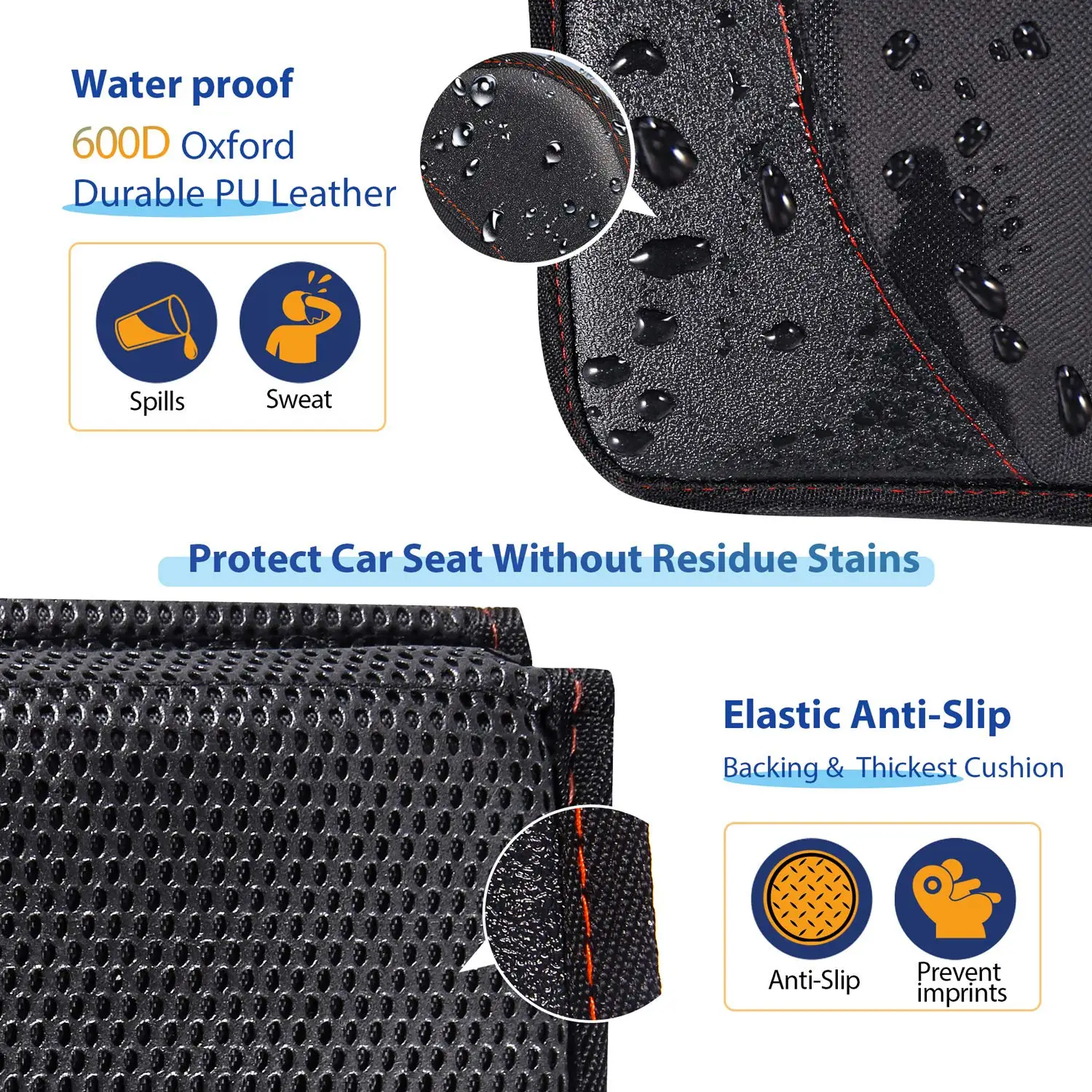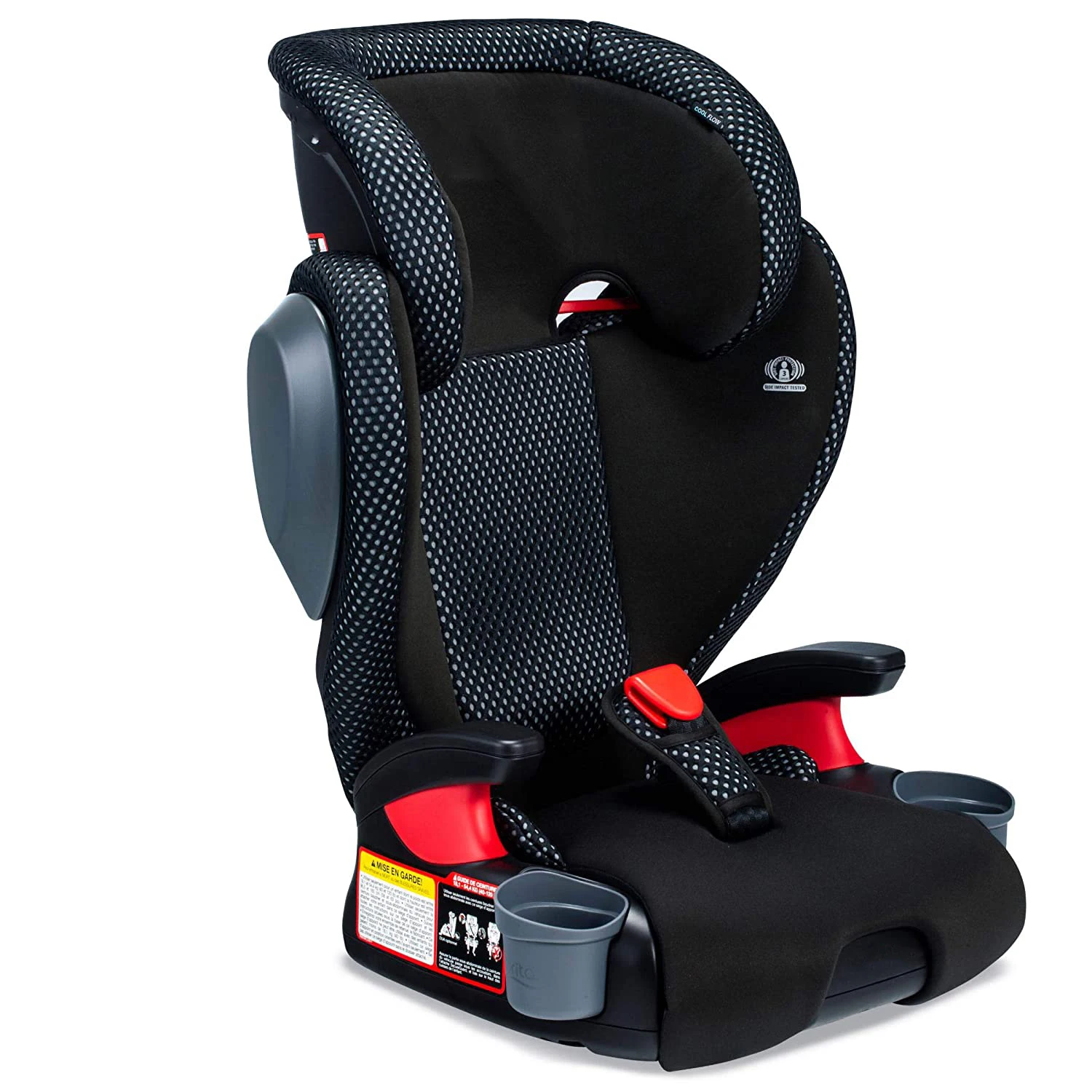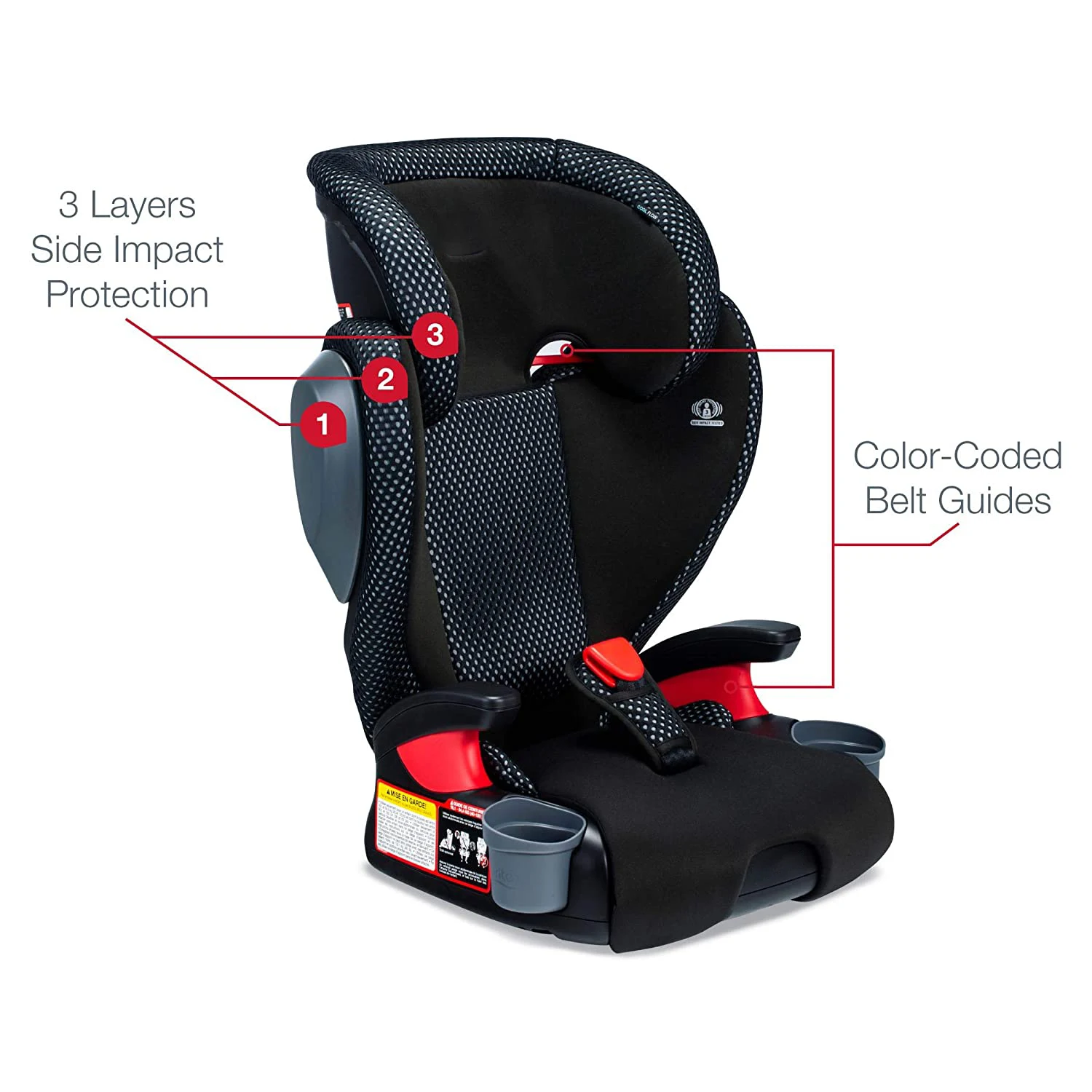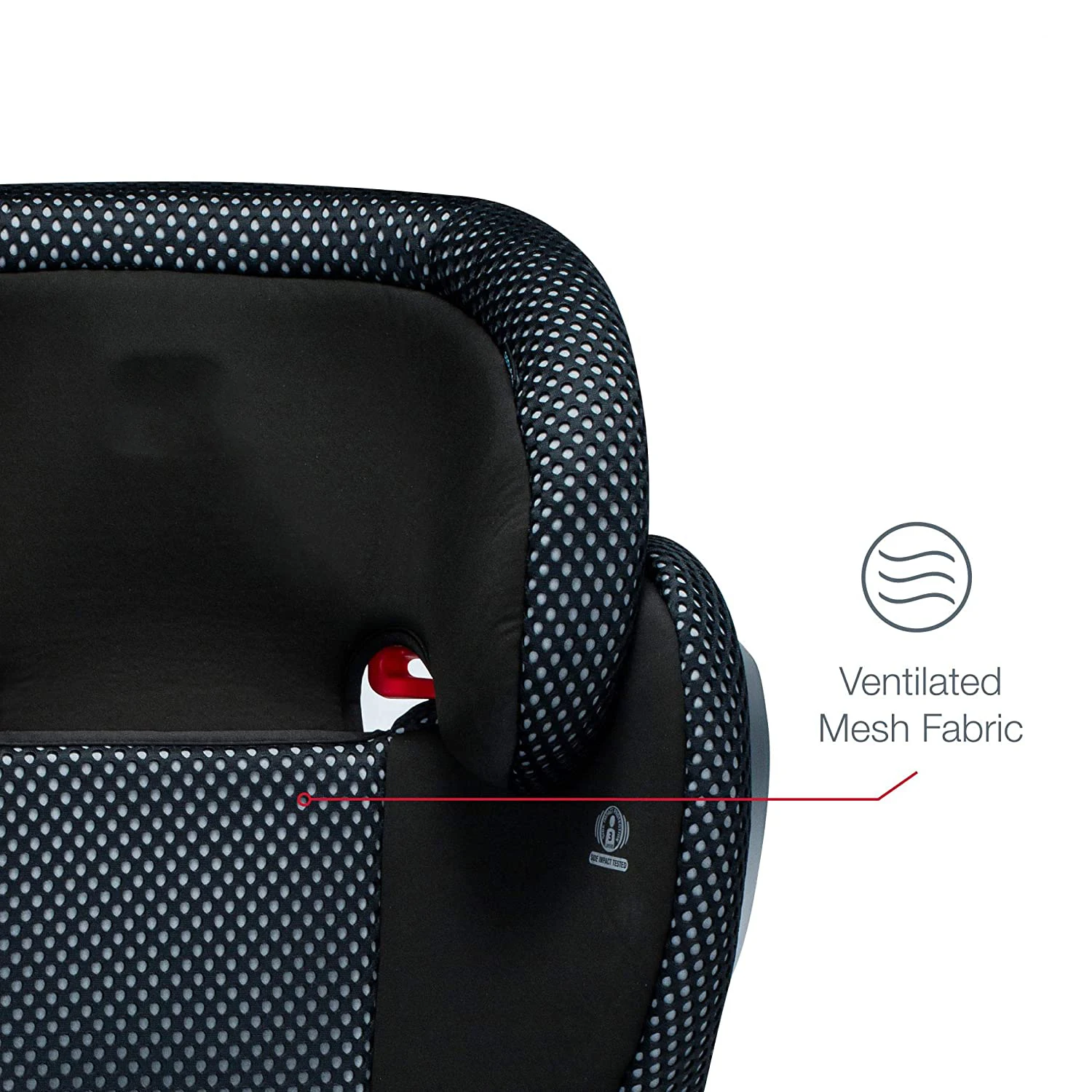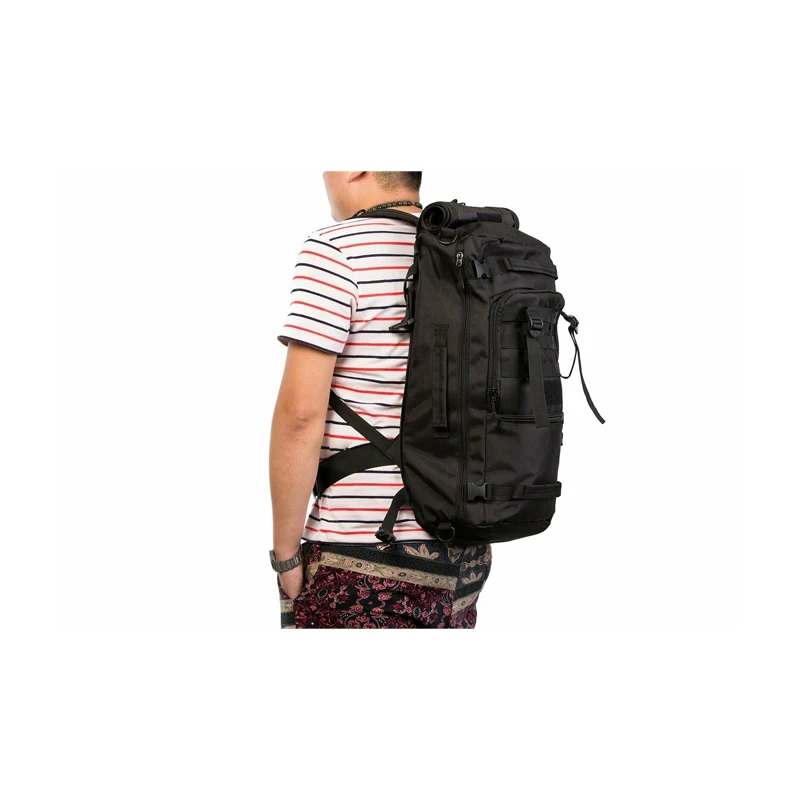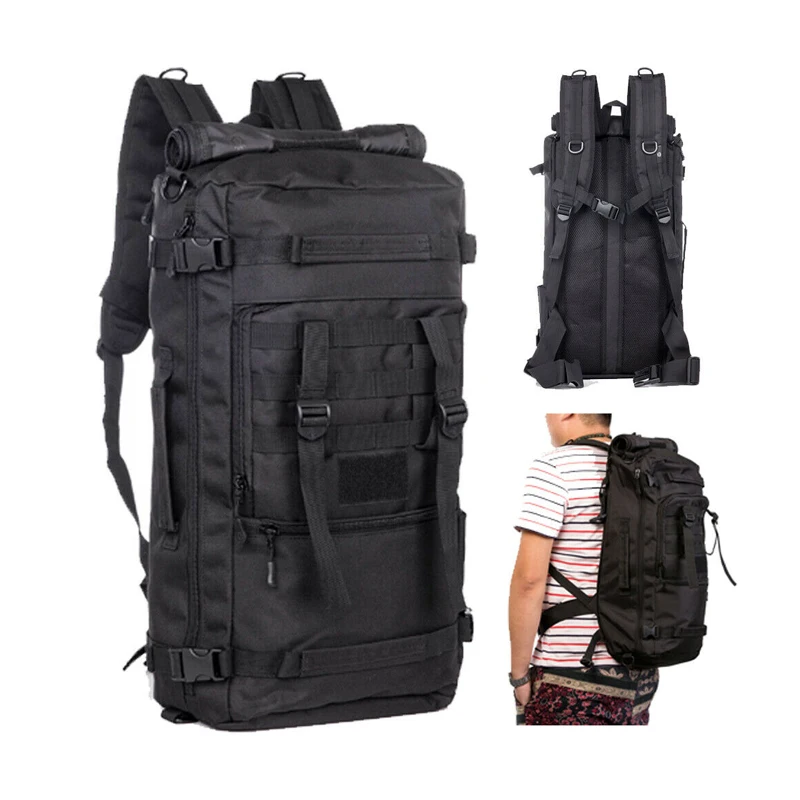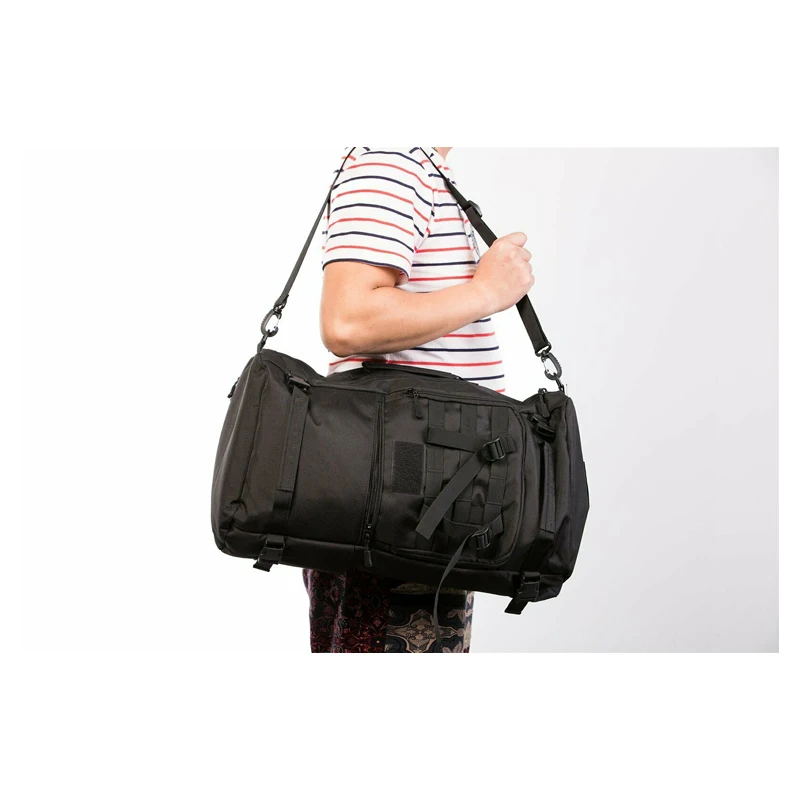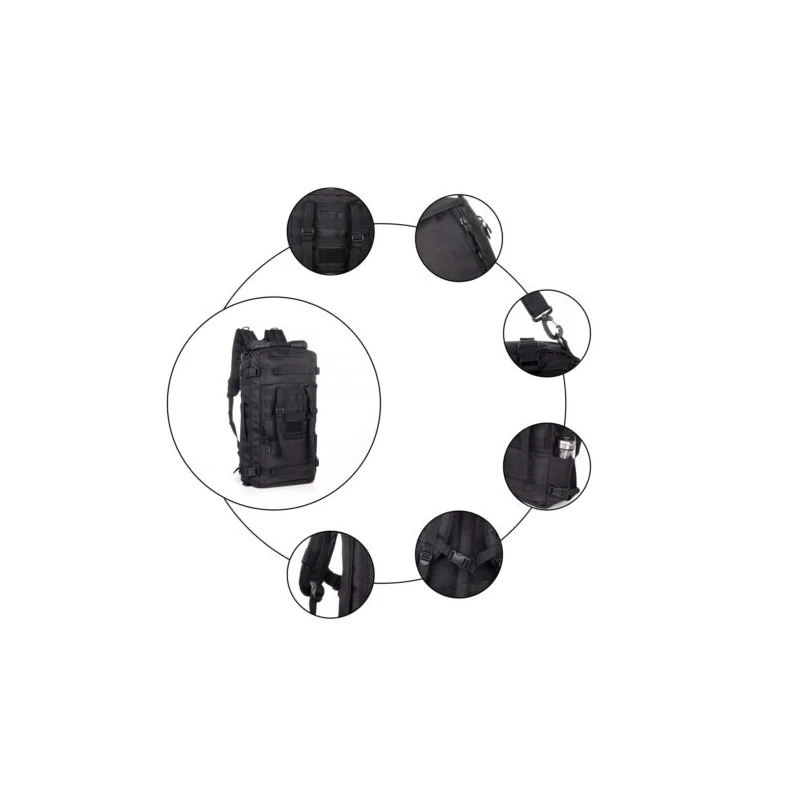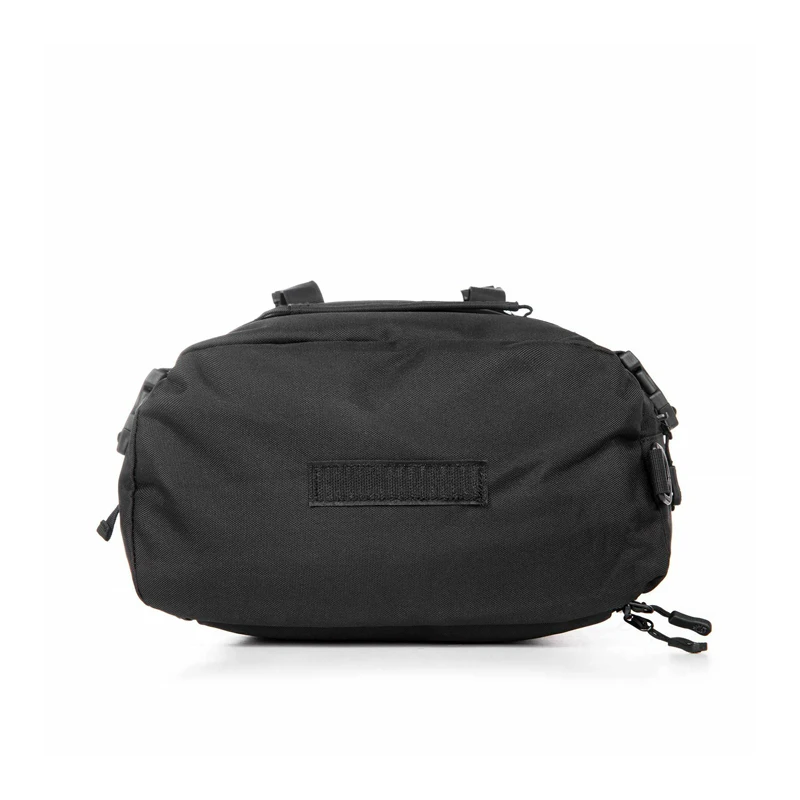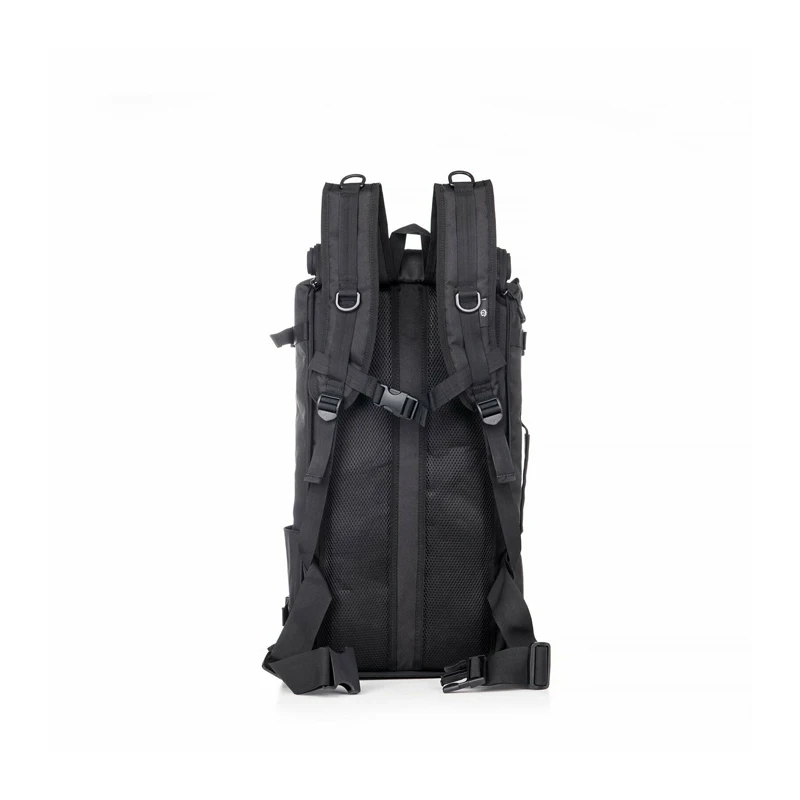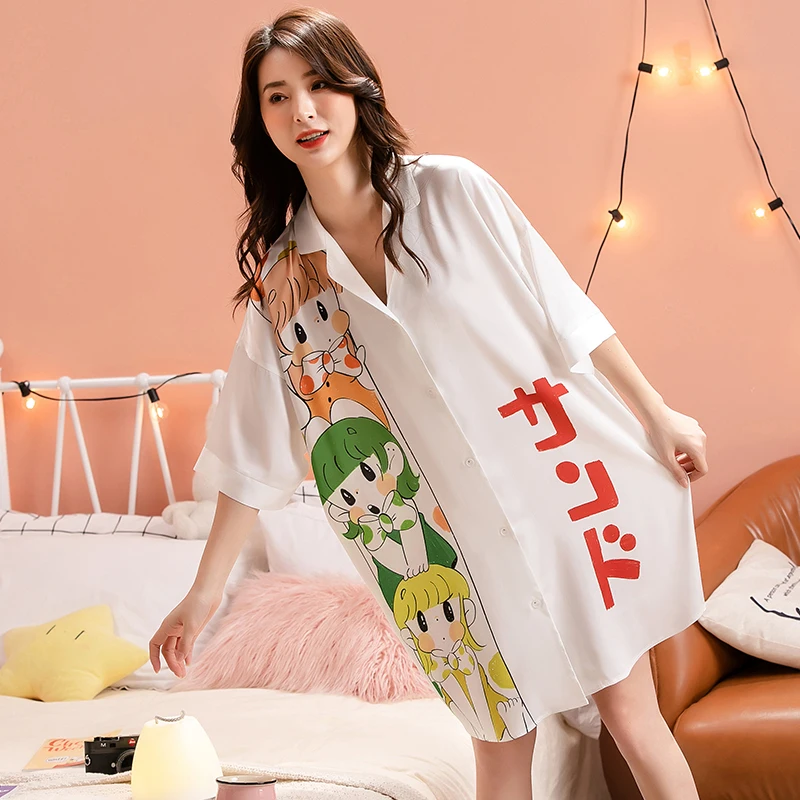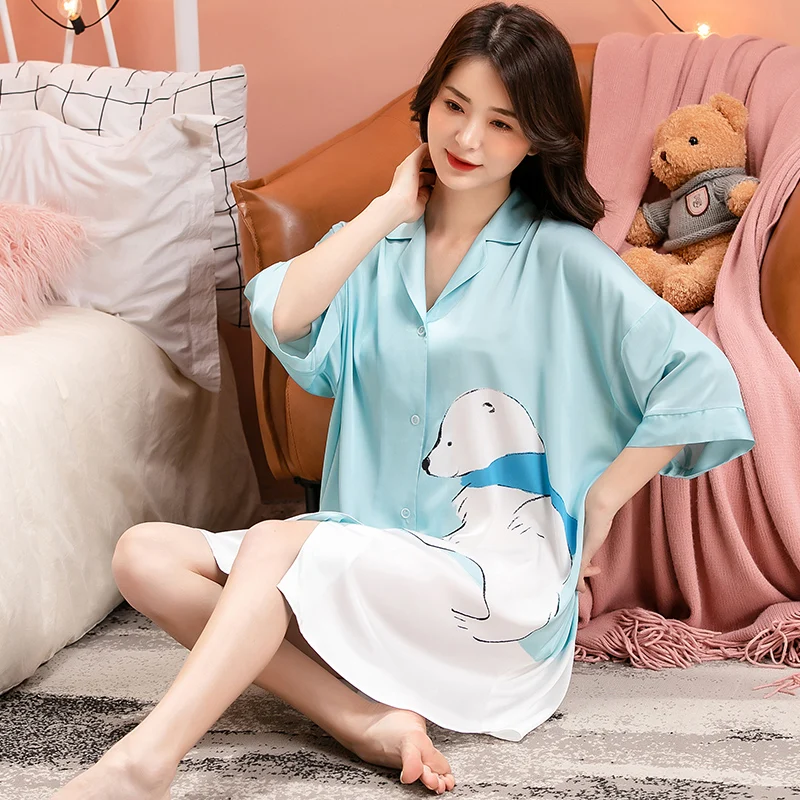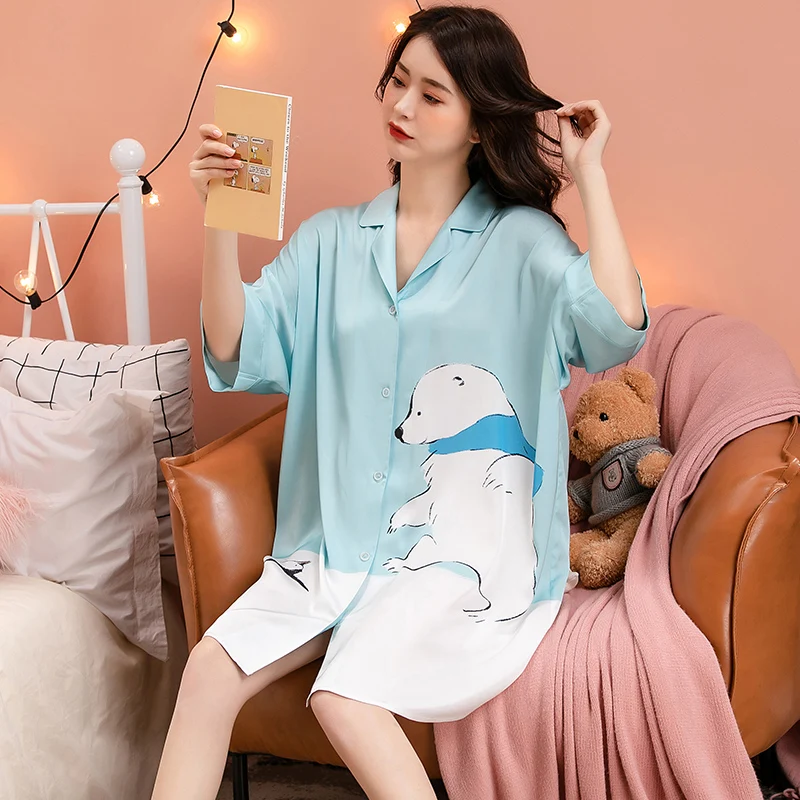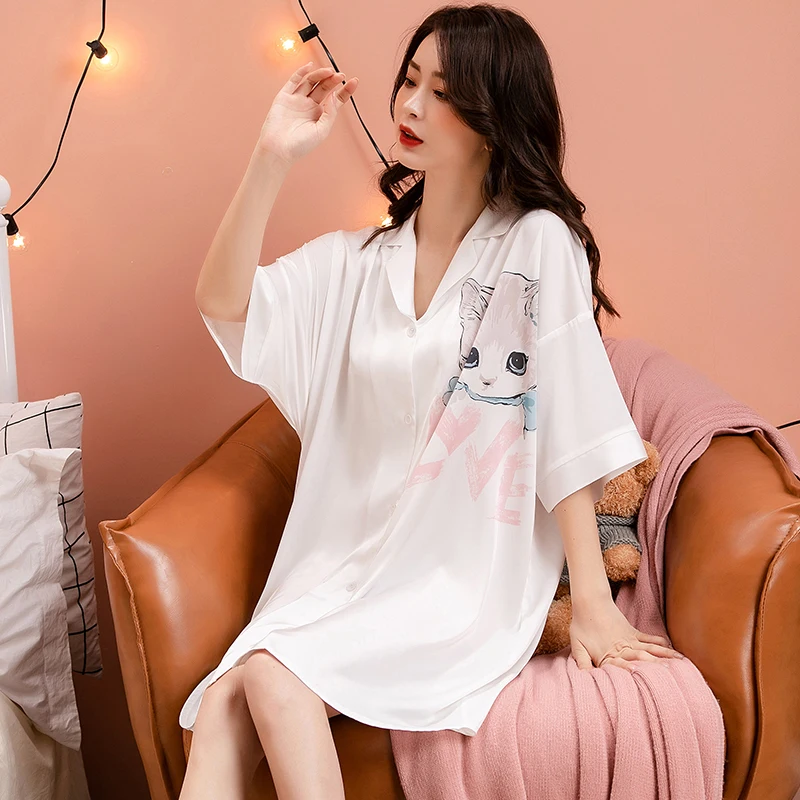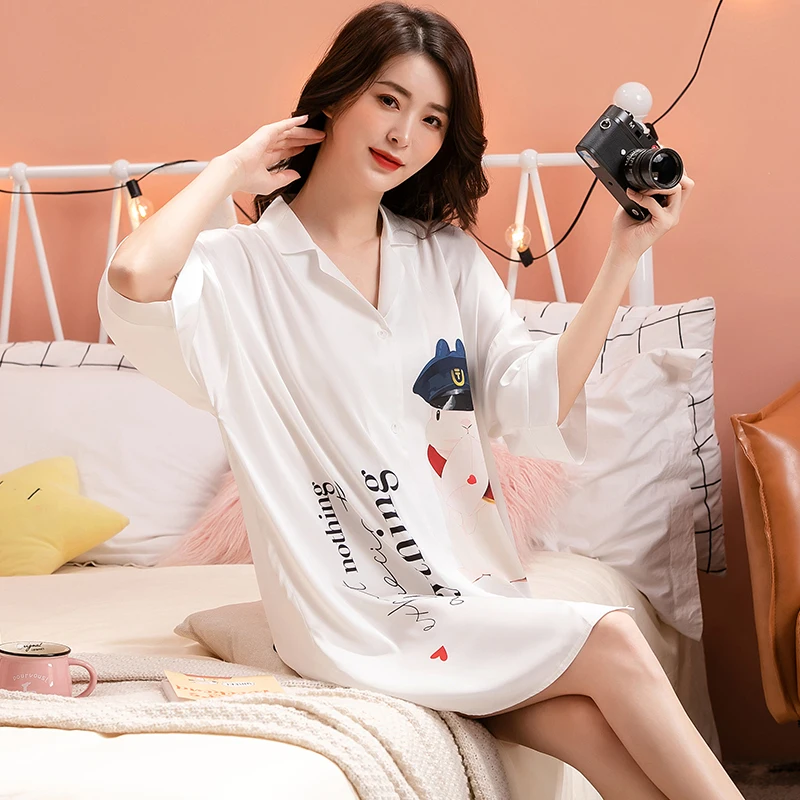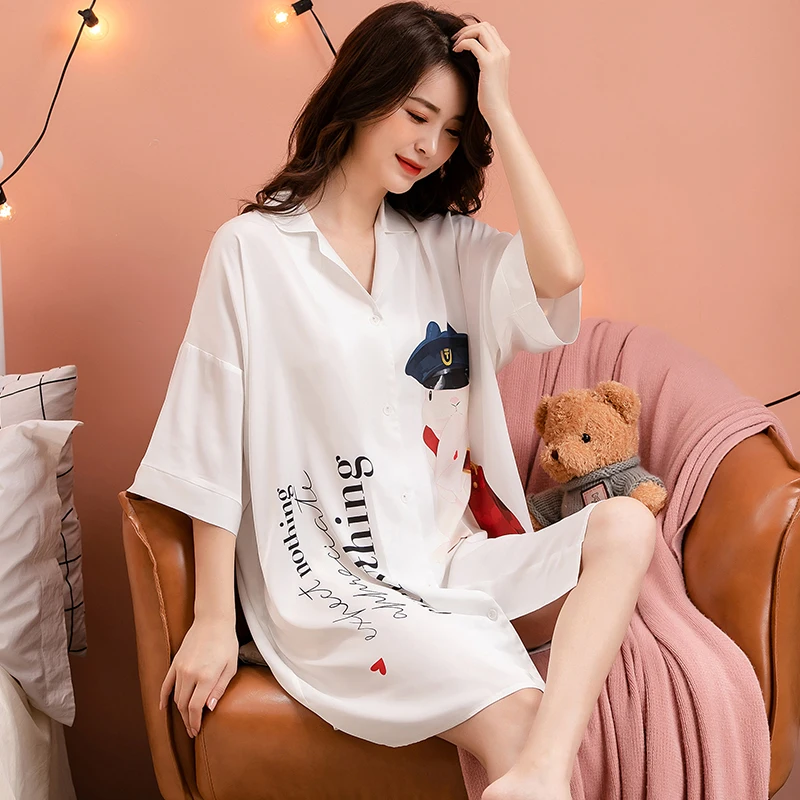Reflective Fabric: The Ultimate Guide for Safety and Visibility in 2025
Reflective fabric is a game-changer for safety and visibility in various industries. Whether you're in construction, outdoor sports, or emergency services, this material ensures you stay visible in low-light conditions. This guide covers everything from sourcing to selecting the right type for your needs.
How to Find Reliable Reflective Fabric from China in 2025
China is a leading manufacturer of reflective fabric, offering competitive prices and high-quality materials. To find reliable suppliers, check platforms like Alibaba, which list verified manufacturers. Look for suppliers with certifications like ISO 9001 and OEKO-TEX to ensure quality and safety standards.
What Buyers Should Know Before Buying Reflective Fabric from China
Before purchasing, consider factors like minimum order quantities (MOQs), lead times, and shipping costs. Request samples to test the fabric's reflectivity and durability. Also, verify the supplier's reputation through customer reviews and ratings.
Types of Reflective Fabric
There are several types of reflective fabric, each suited for different applications:
- Glass Bead Reflective Fabric: Ideal for low-light conditions, commonly used in safety vests.
- Microprismatic Reflective Fabric: Offers high reflectivity, perfect for high-visibility clothing.
- Fluorescent Reflective Fabric: Combines bright colors with reflectivity for daytime and nighttime visibility.
Functions and Features of Reflective Fabric
Reflective fabric enhances visibility by reflecting light back to its source. Key features include durability, washability, and resistance to harsh weather conditions. Advanced fabrics also offer breathability and comfort for extended wear.
Scenarios of Reflective Fabric
This versatile material is used in:
- Safety Gear: Vests, jackets, and helmets for construction workers.
- Outdoor Apparel: Running gear and cycling jackets for athletes.
- Emergency Services: Uniforms for police, firefighters, and paramedics.
How to Choose Reflective Fabric
Selecting the right reflective fabric depends on your specific needs. Consider the environment, required visibility level, and comfort. For high-risk areas, opt for microprismatic fabric. For everyday use, glass bead fabric may suffice.
Reflective Fabric Q & A
Q: How long does reflective fabric last?
A: High-quality fabric can last up to 50 washes without losing reflectivity.
Q: Is reflective fabric waterproof?
A: Some types are water-resistant, but not all. Check the product specifications.
Q: Can I sew reflective fabric at home?
A: Yes, but use a heavy-duty needle and avoid high heat to prevent damage.
Q: What colors are available?
A: Common colors include silver, yellow, and orange, but custom colors are also available.
Q: How do I clean reflective fabric?
A: Hand wash or machine wash on gentle cycle with mild detergent.








